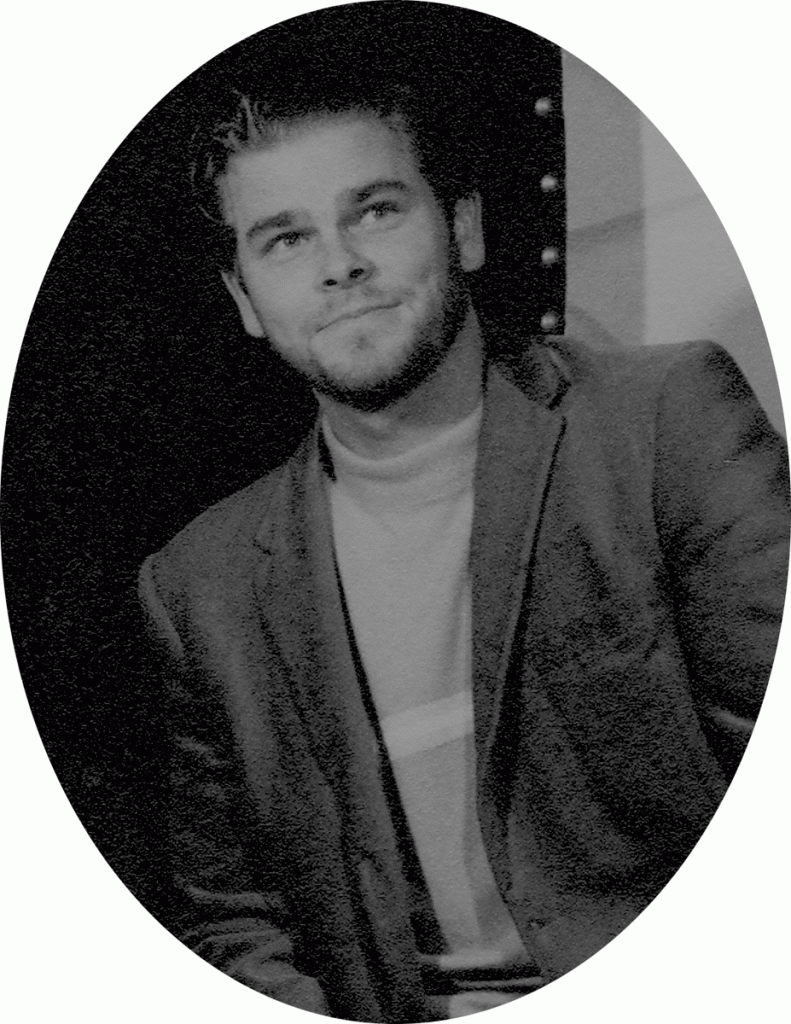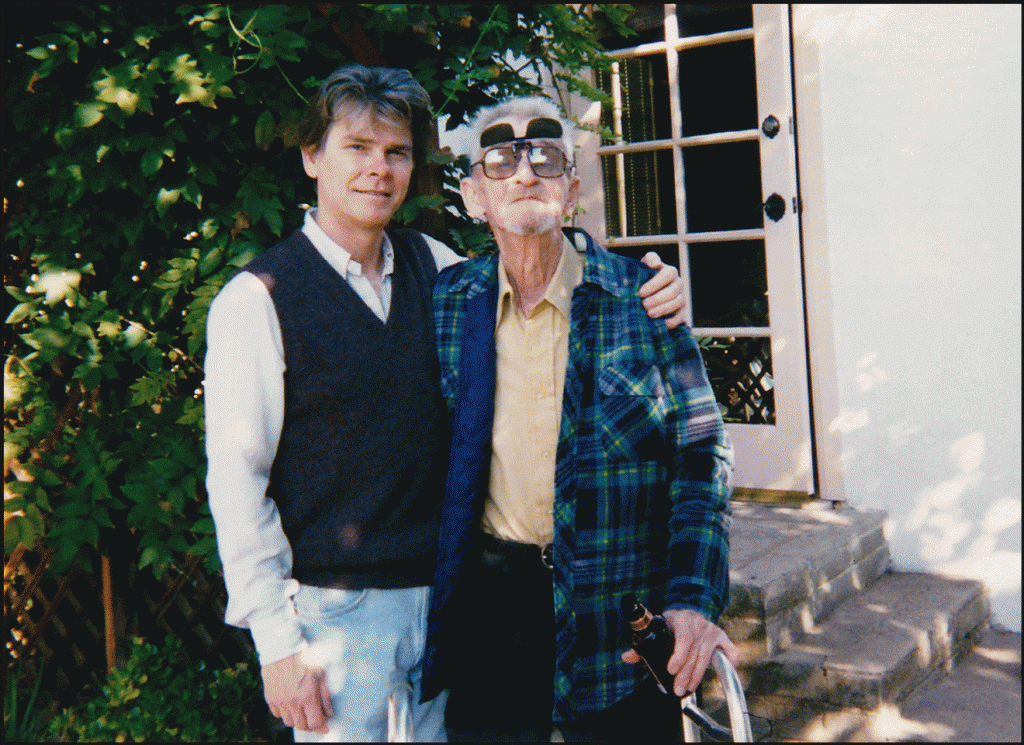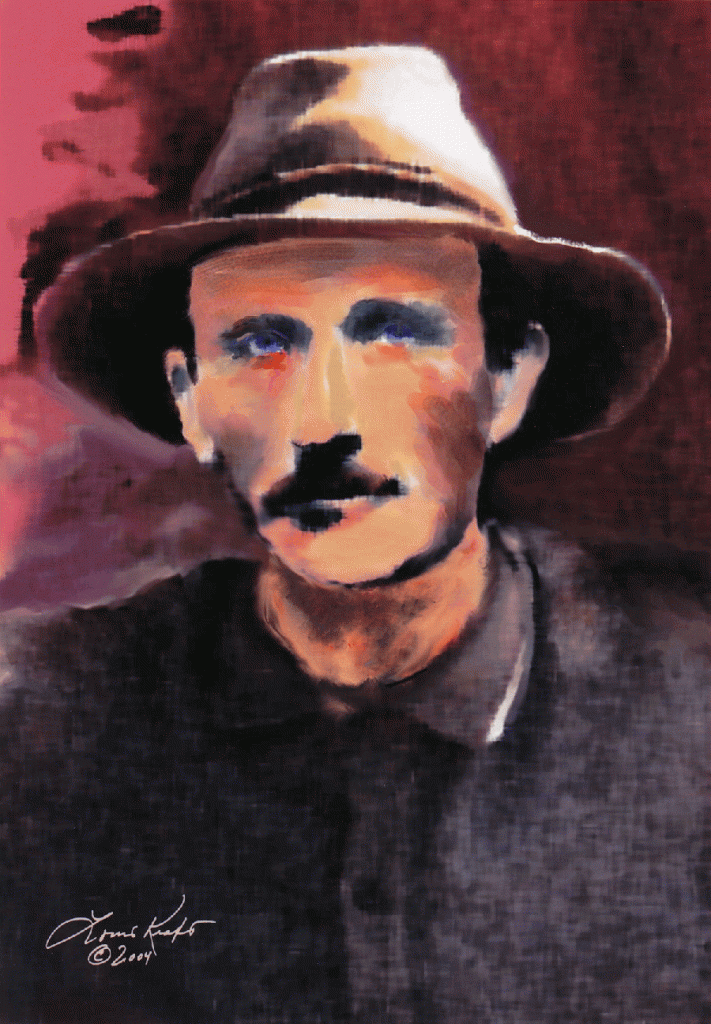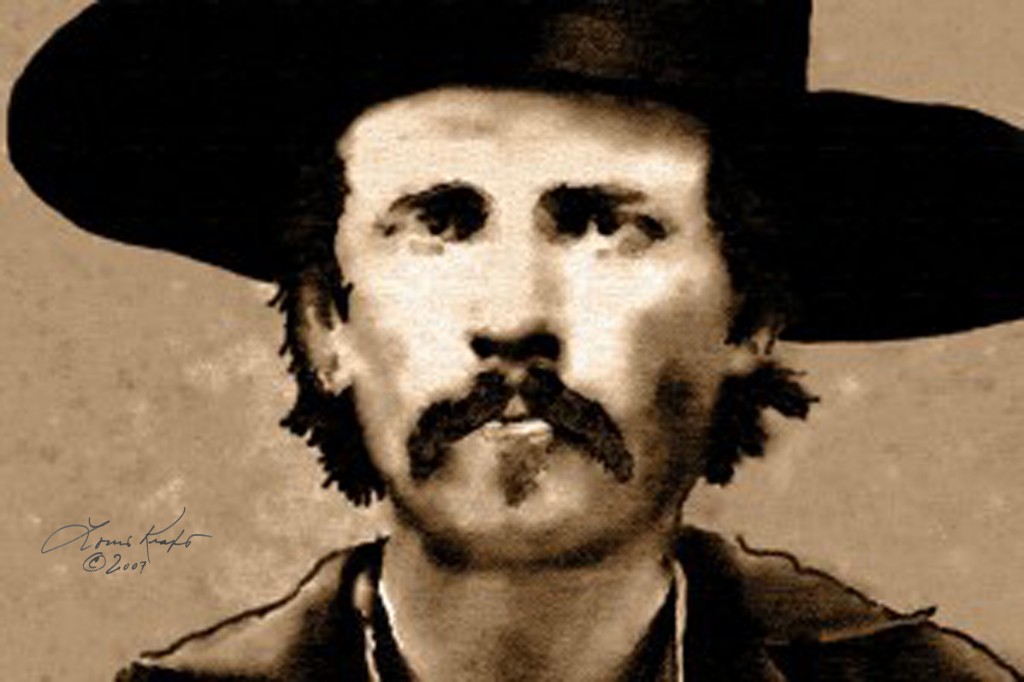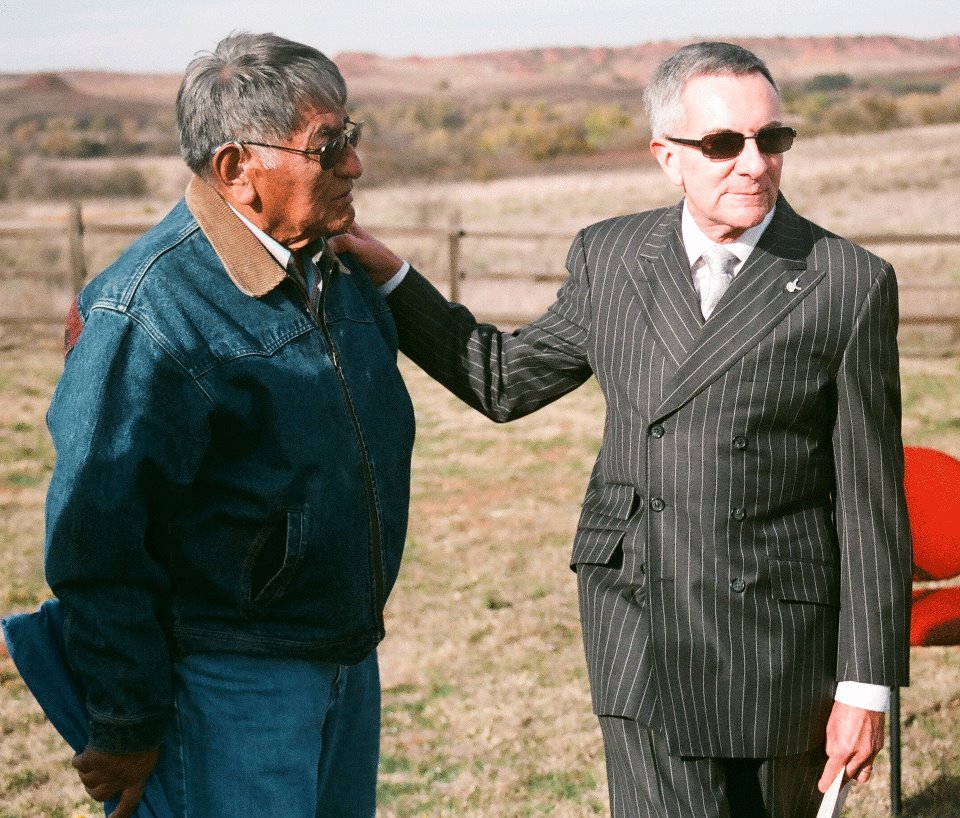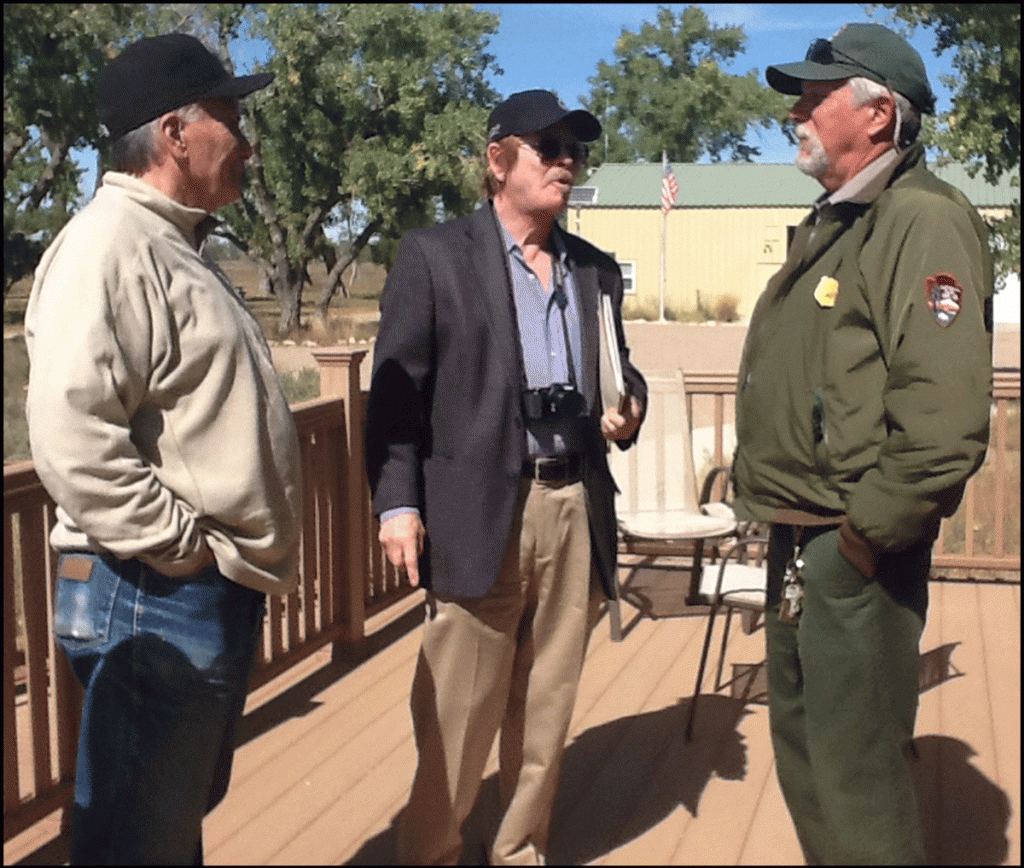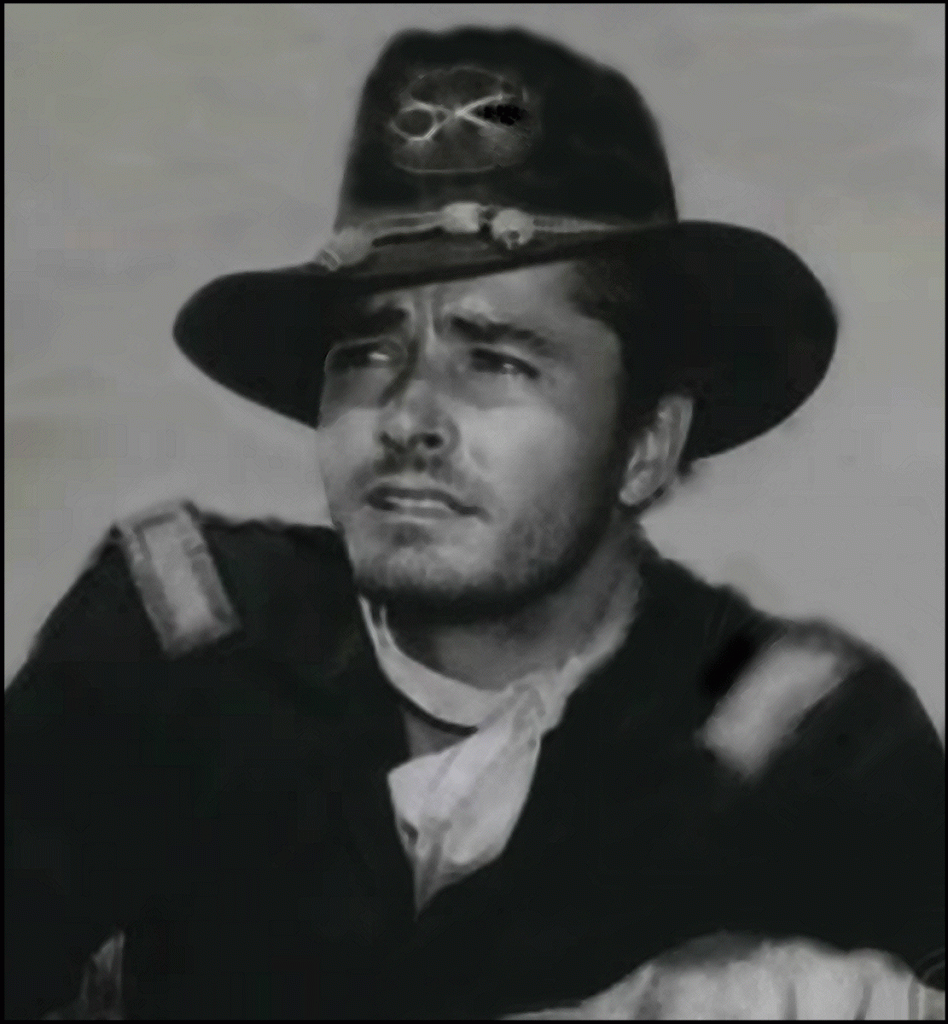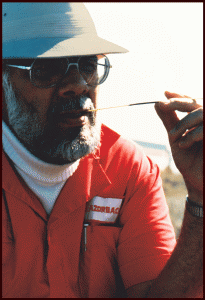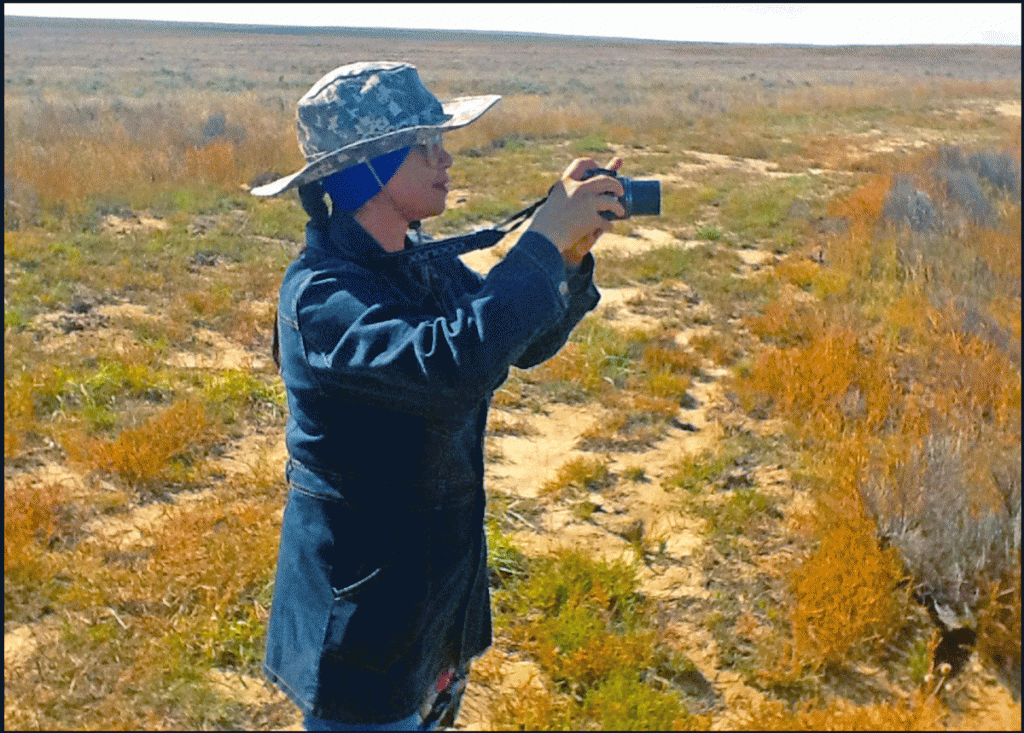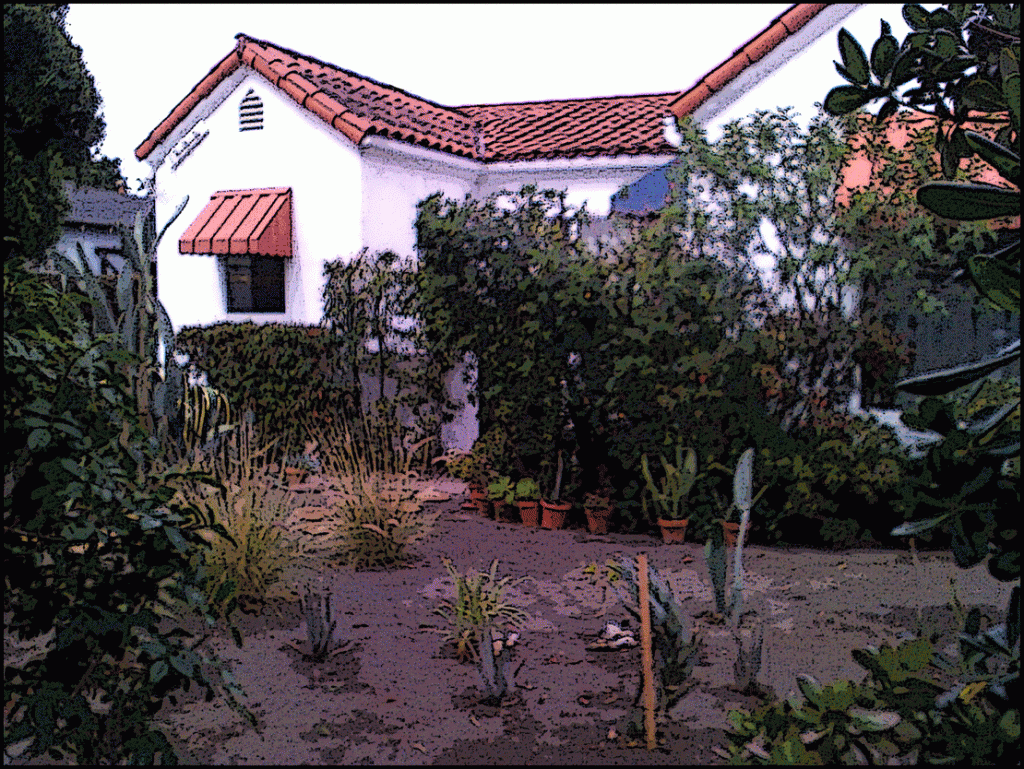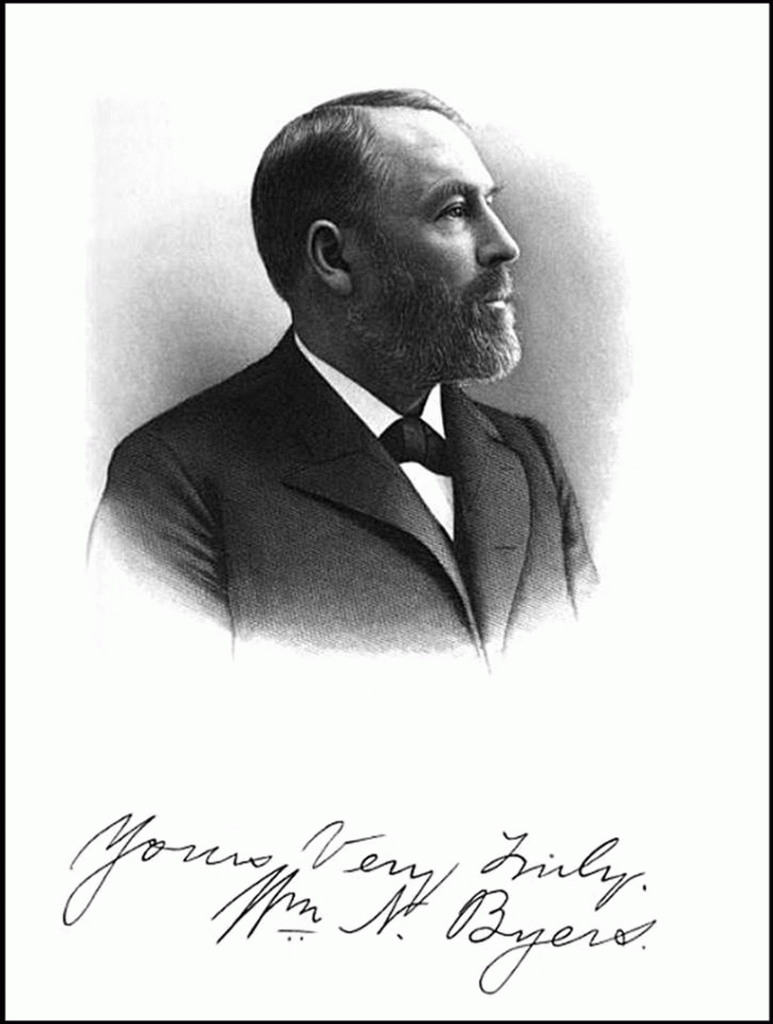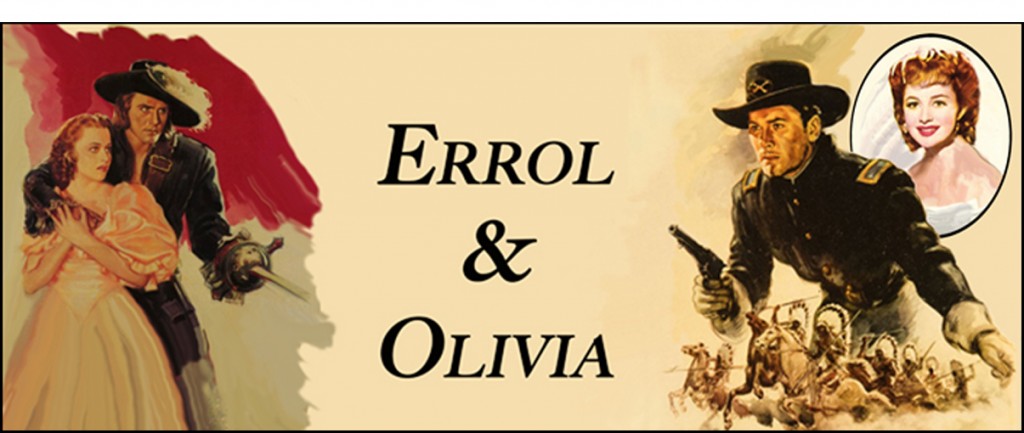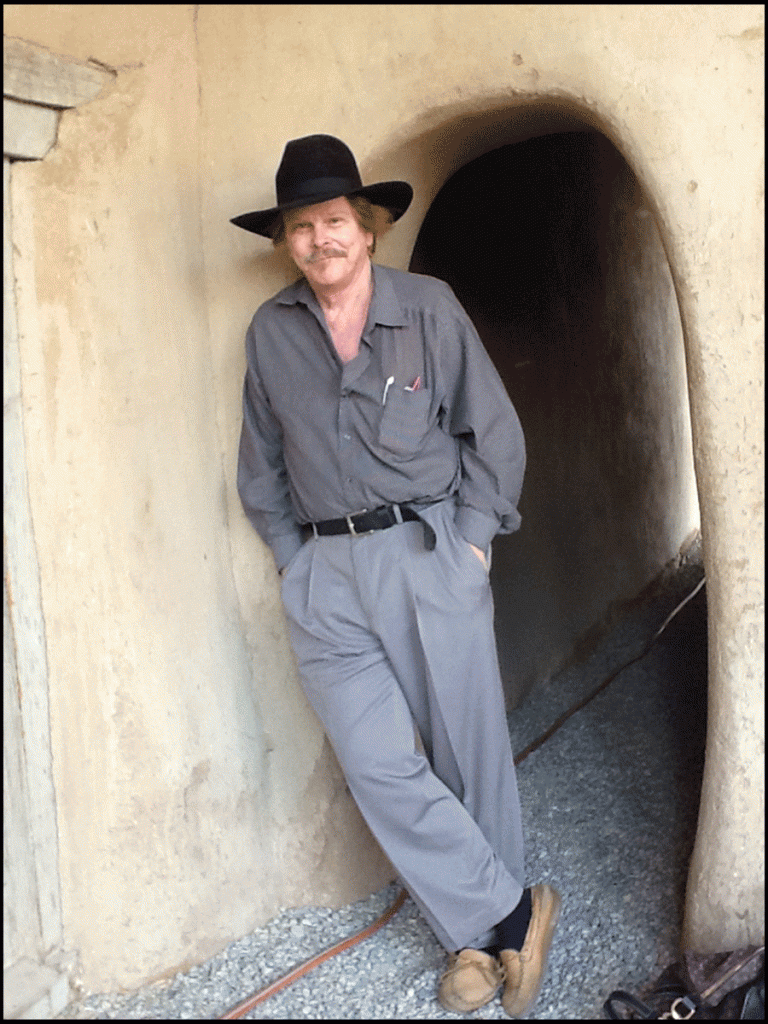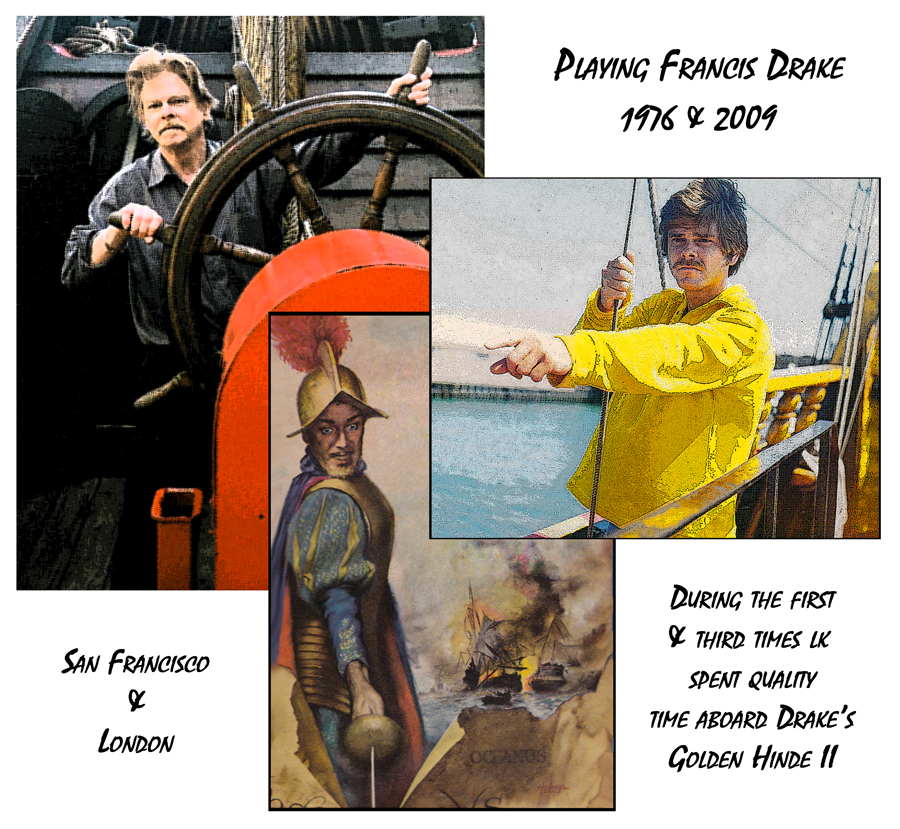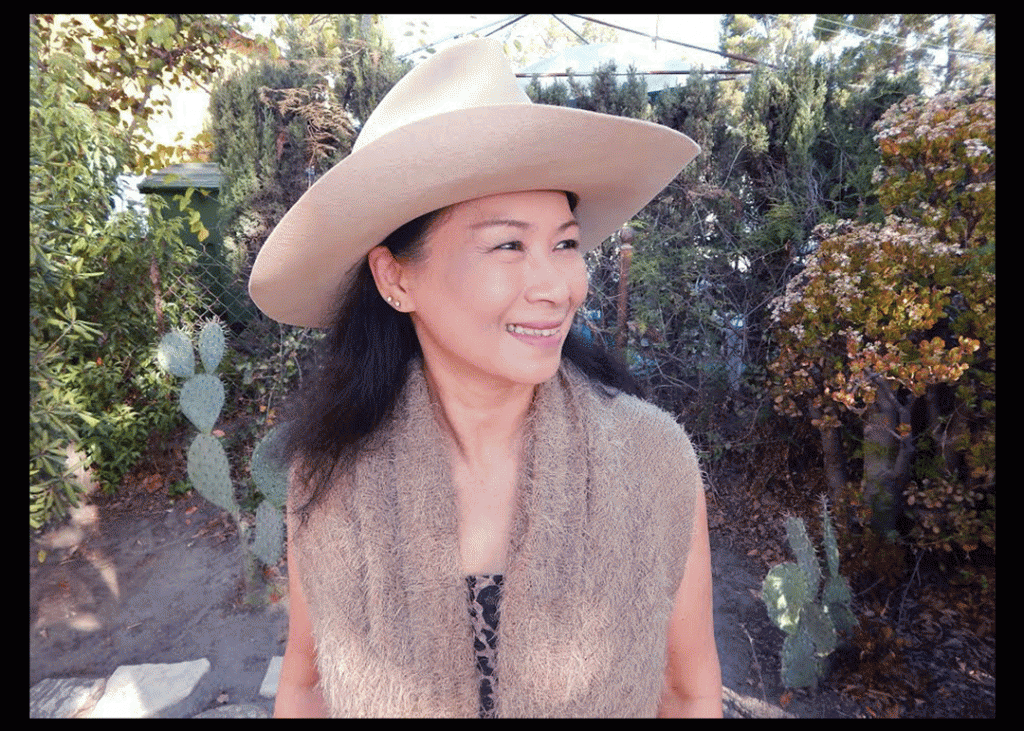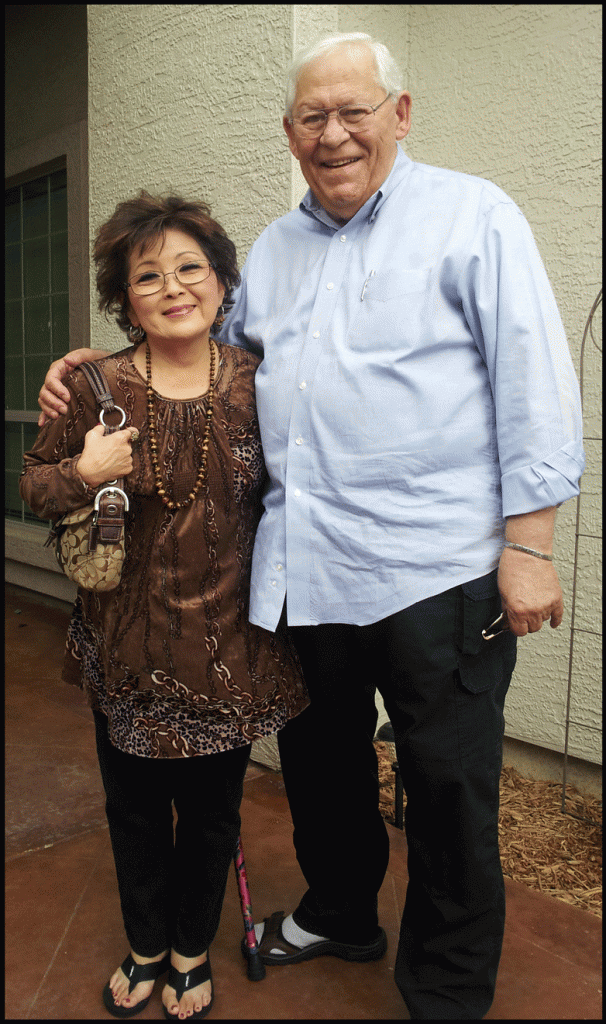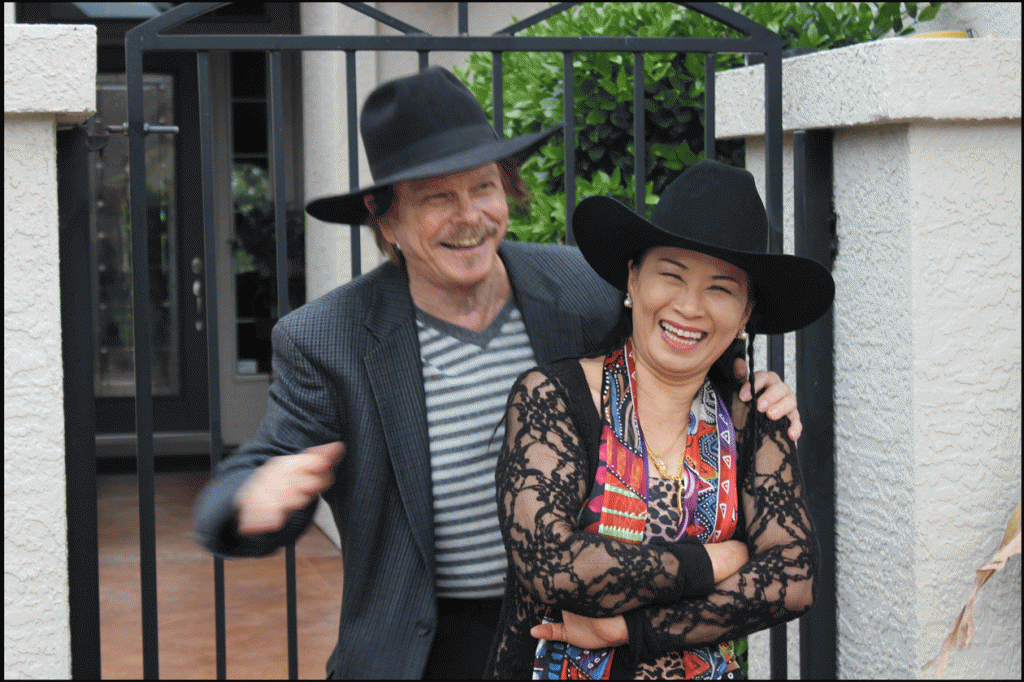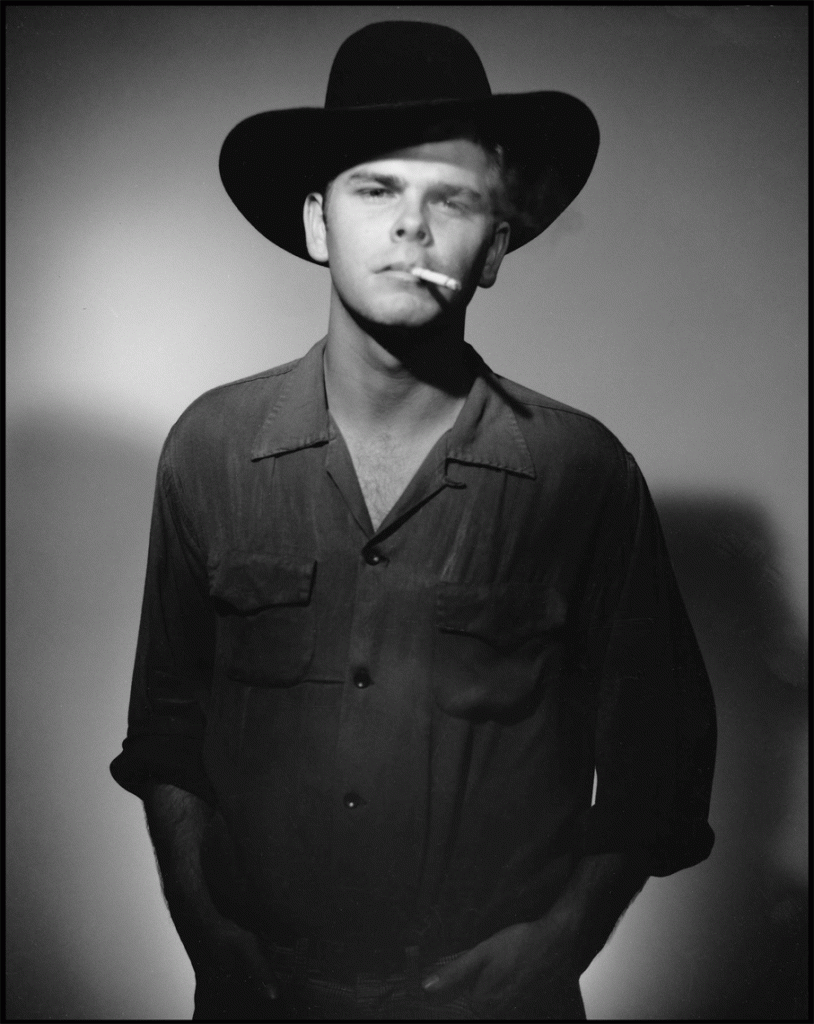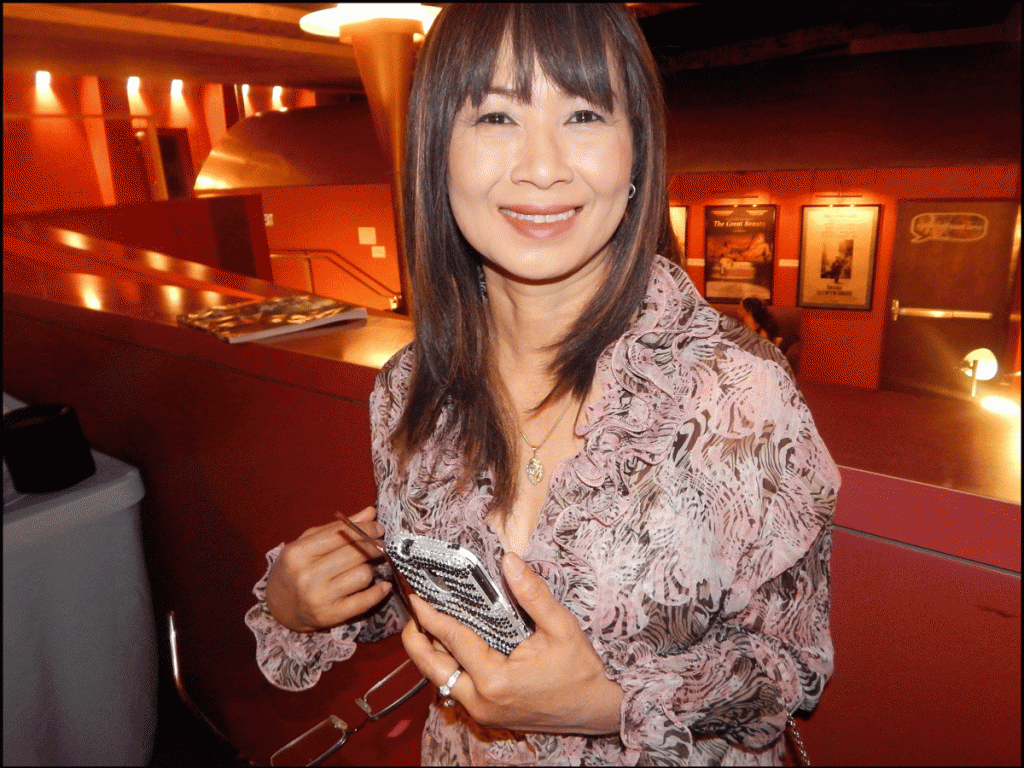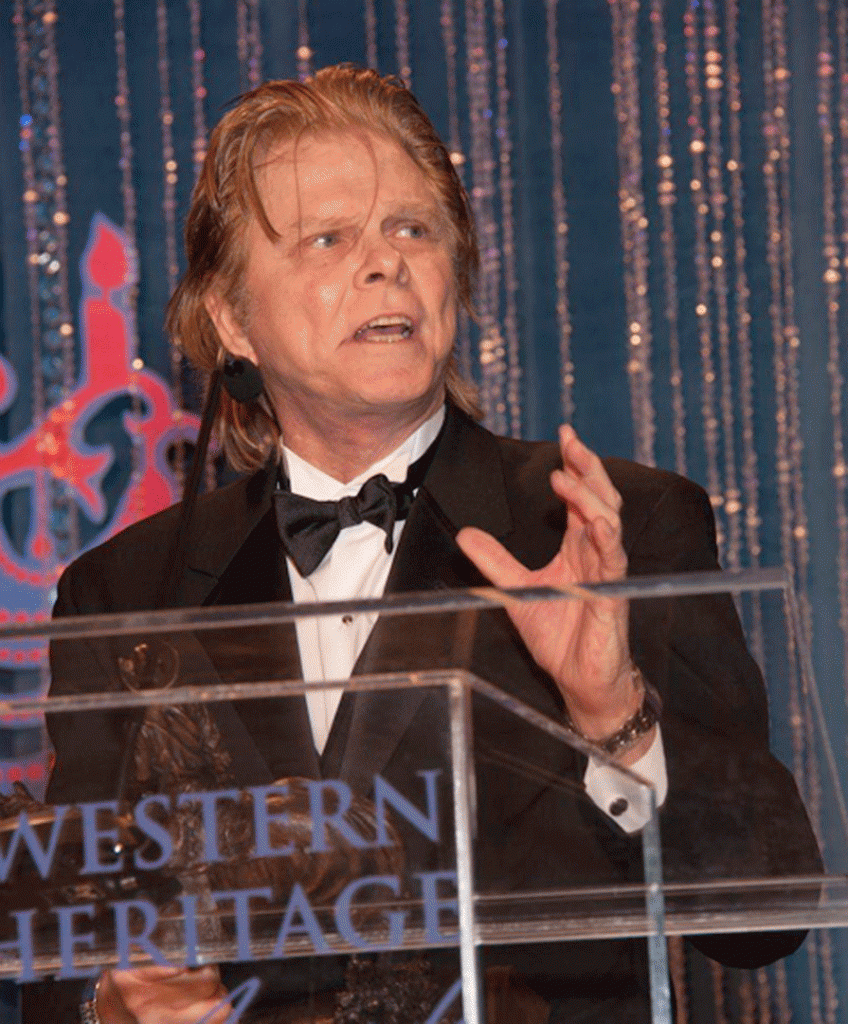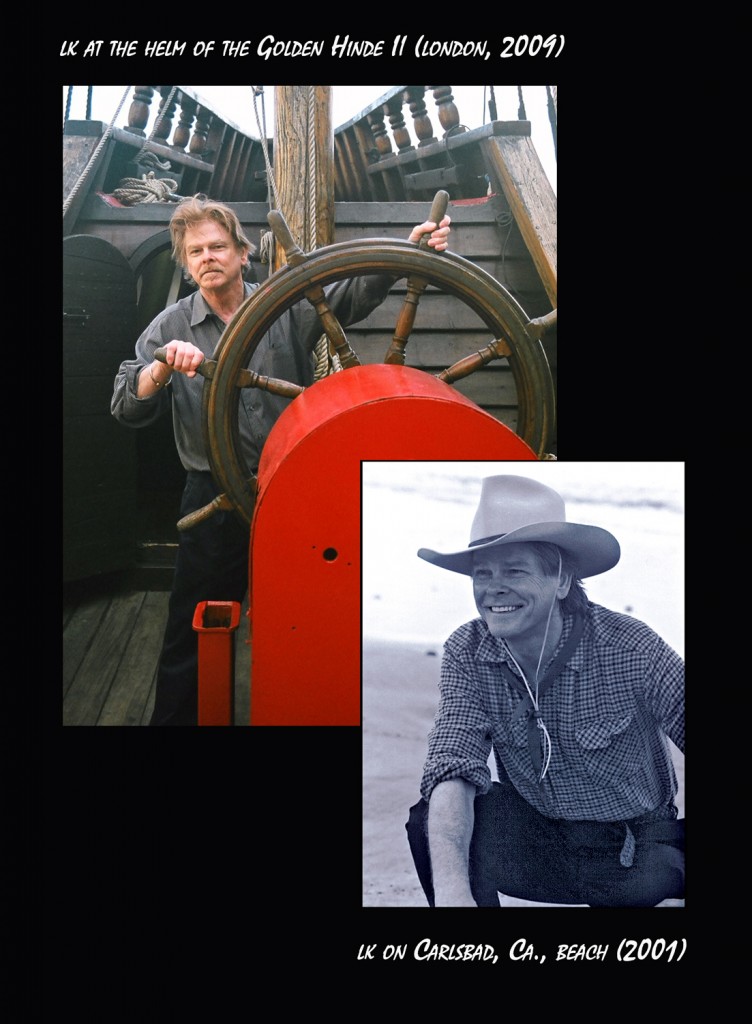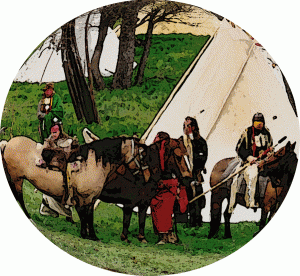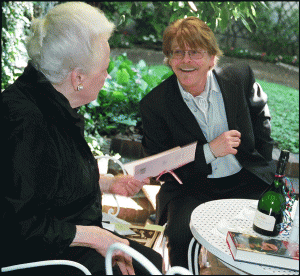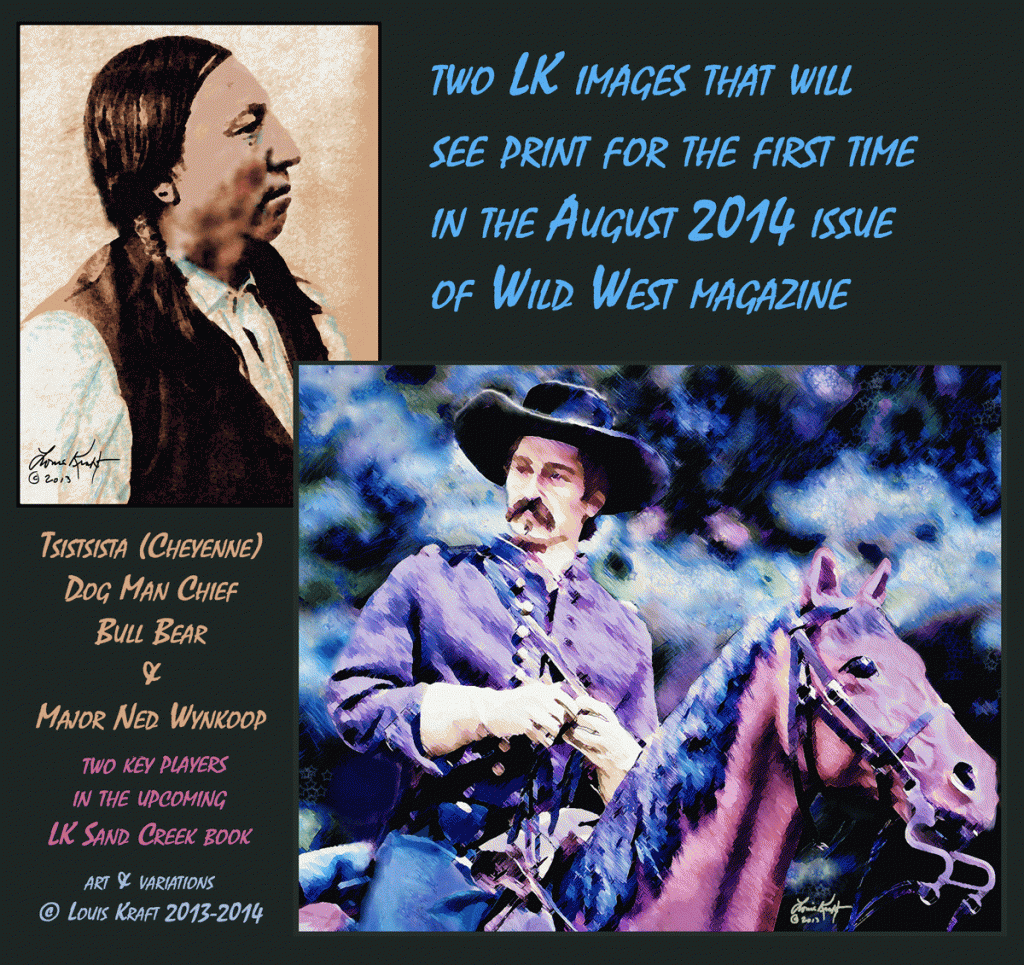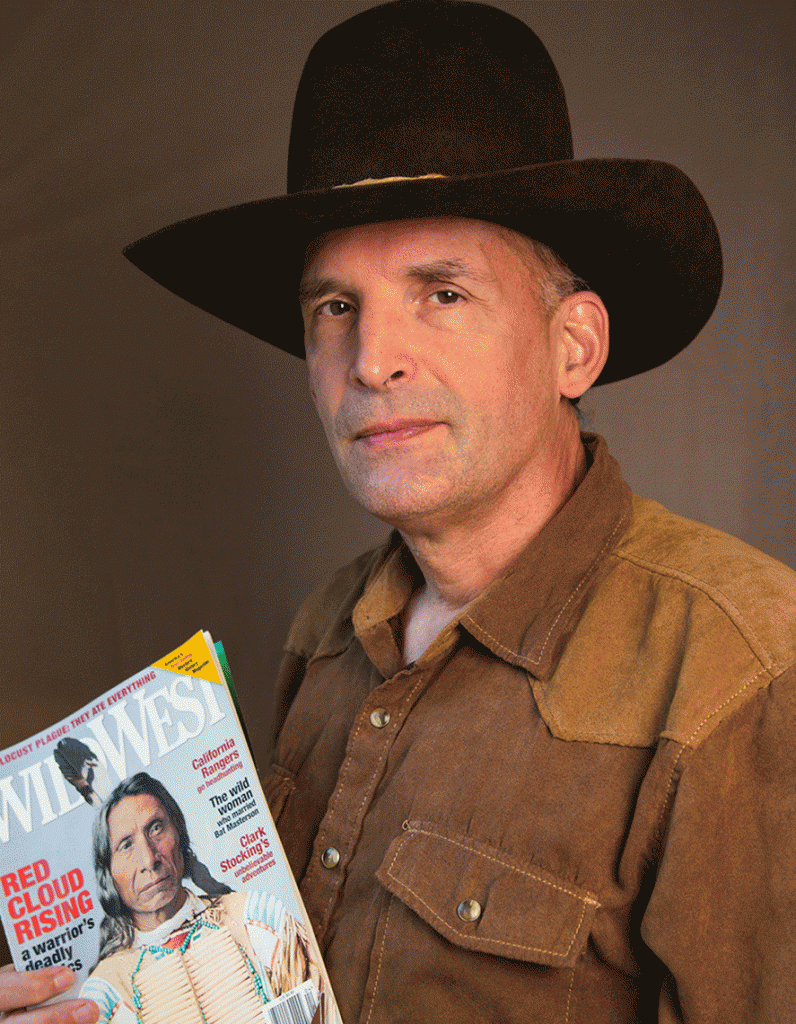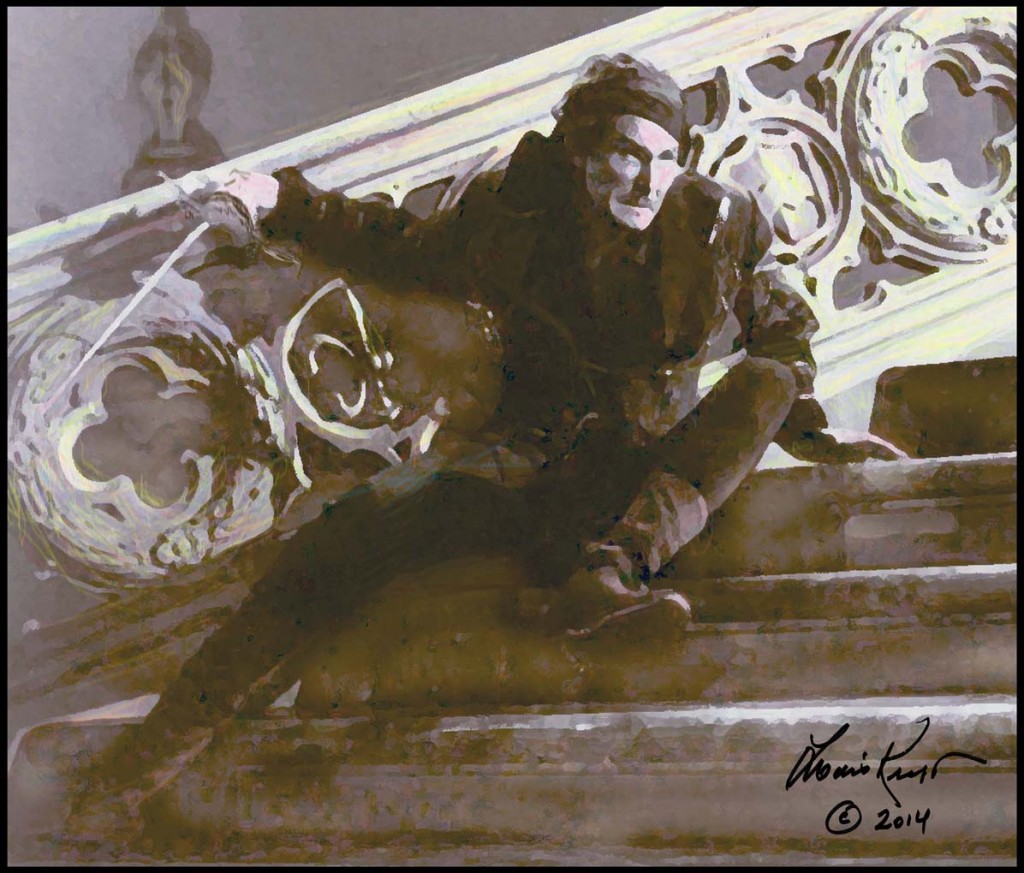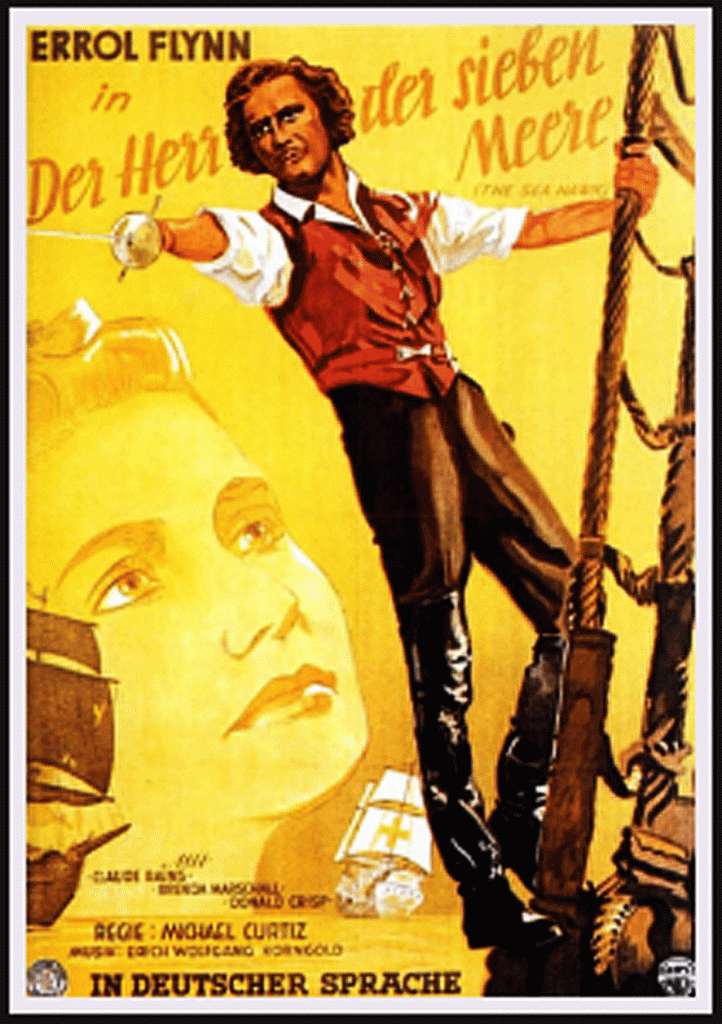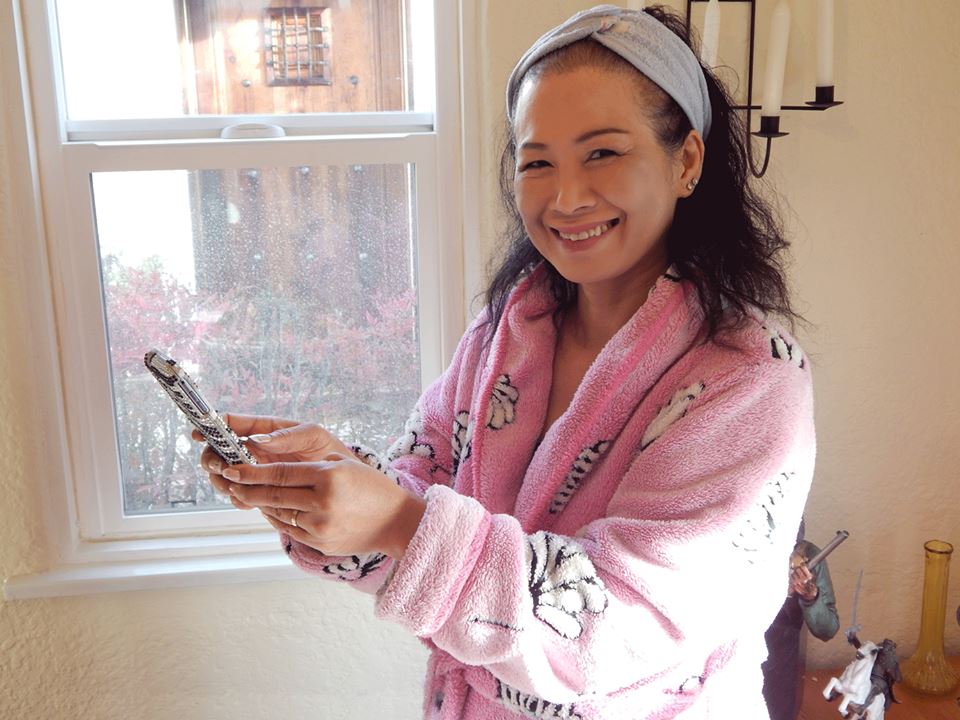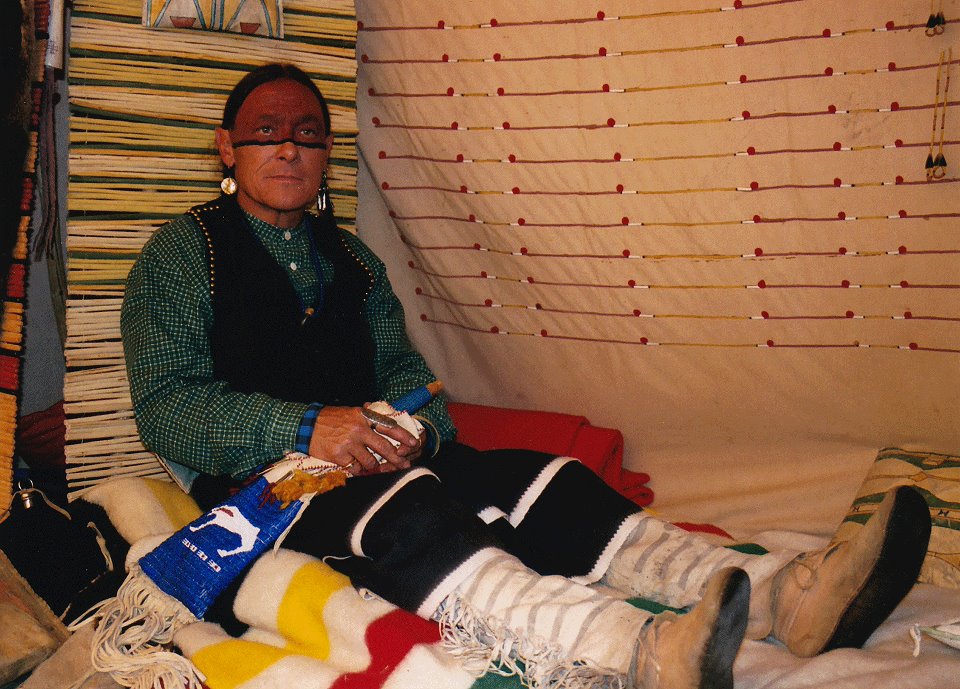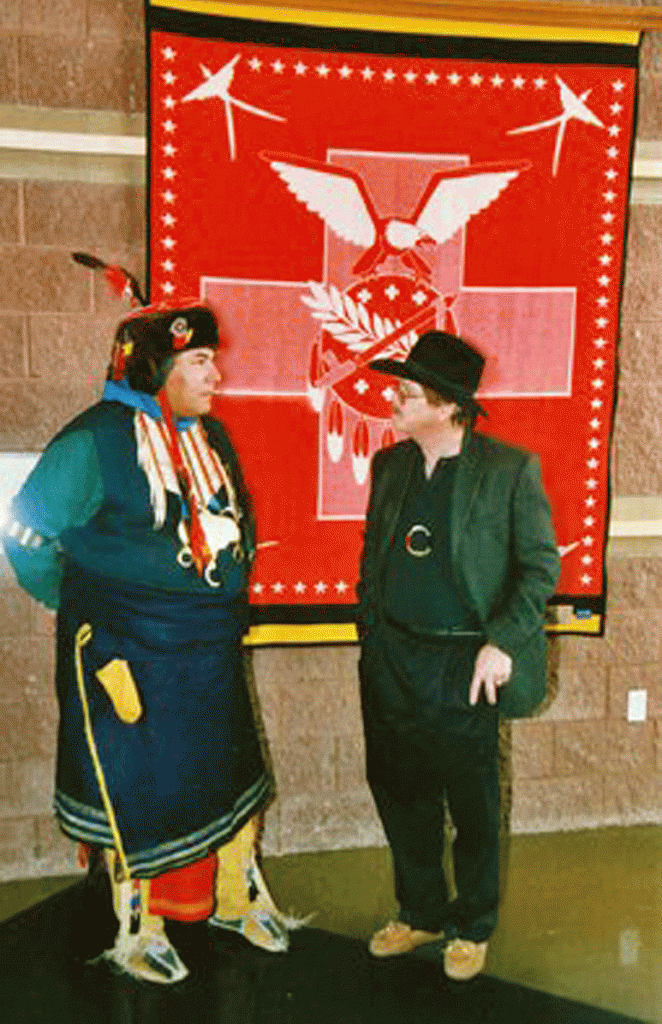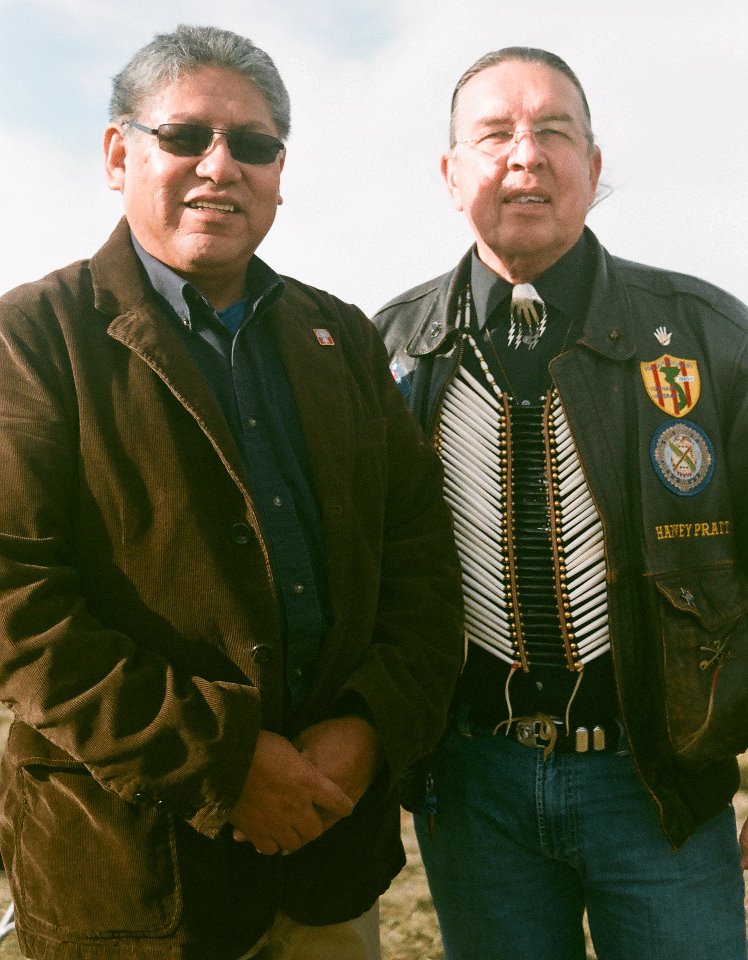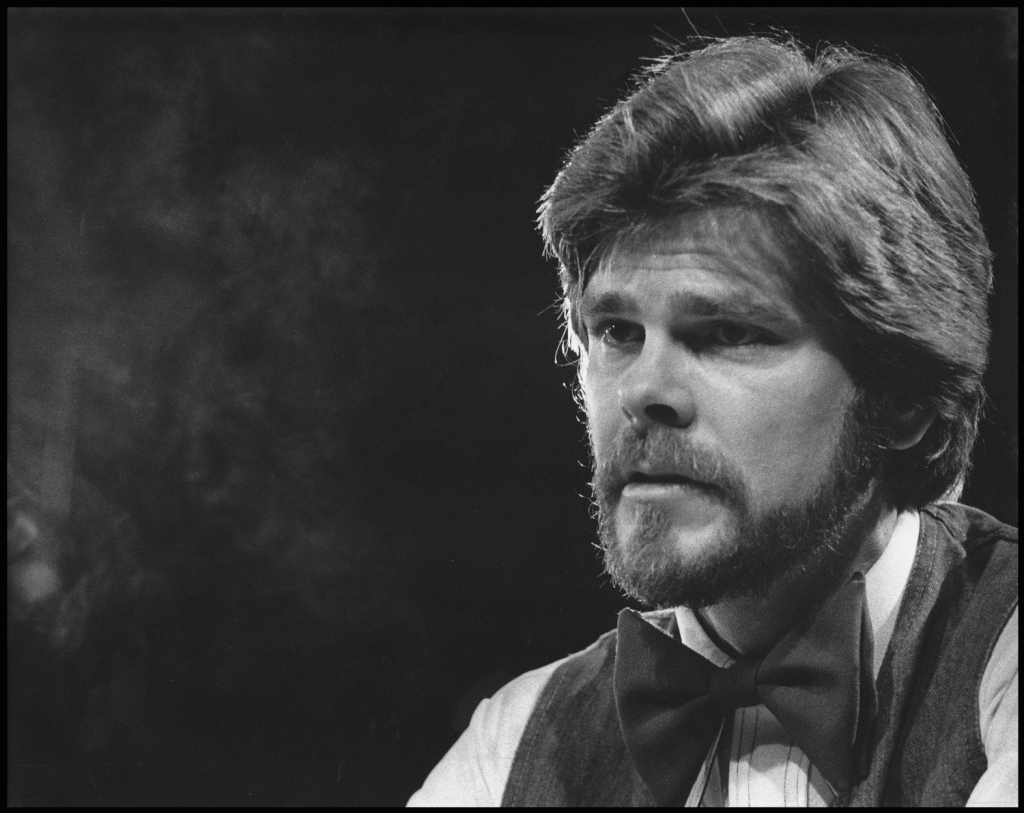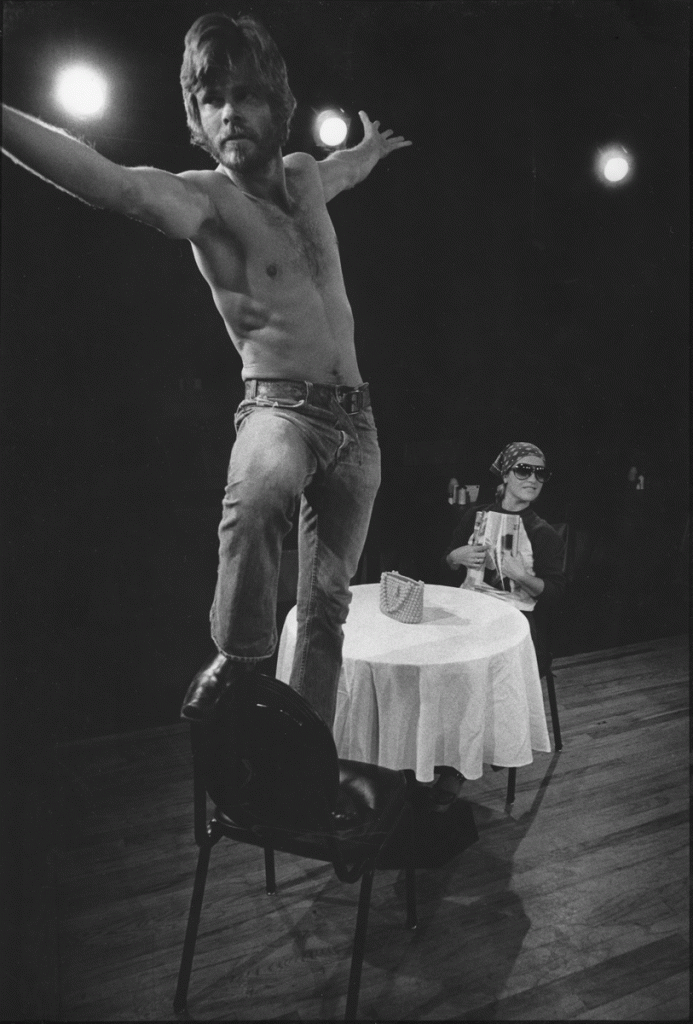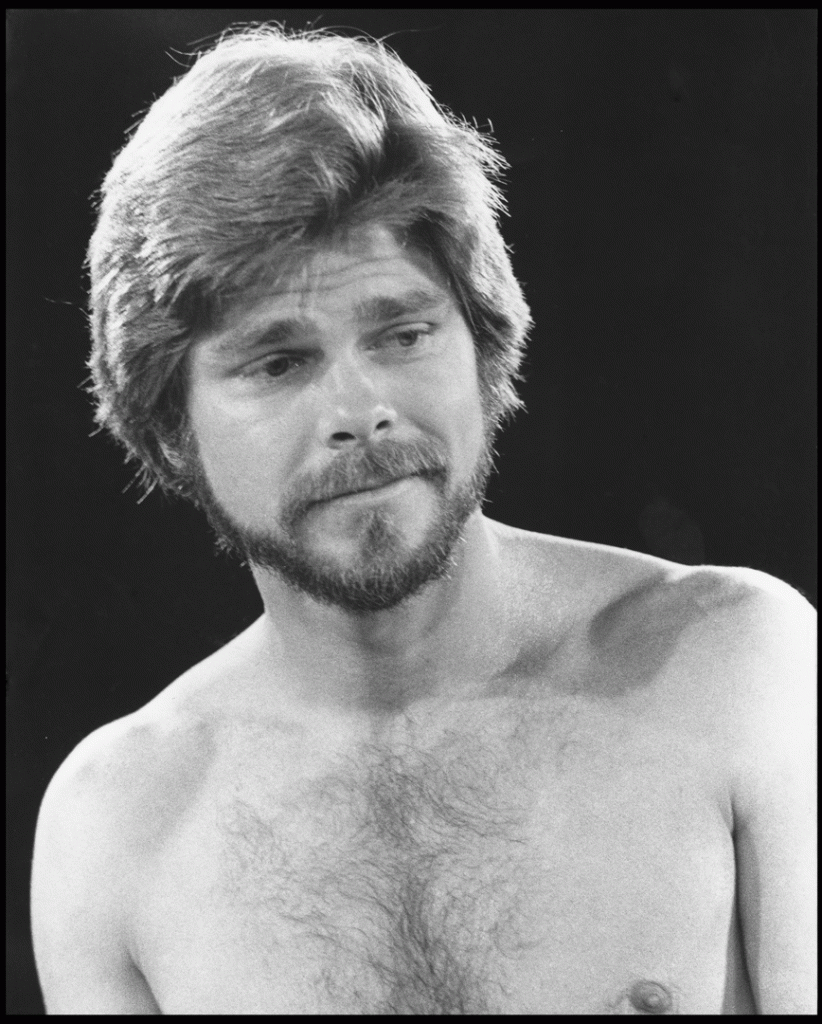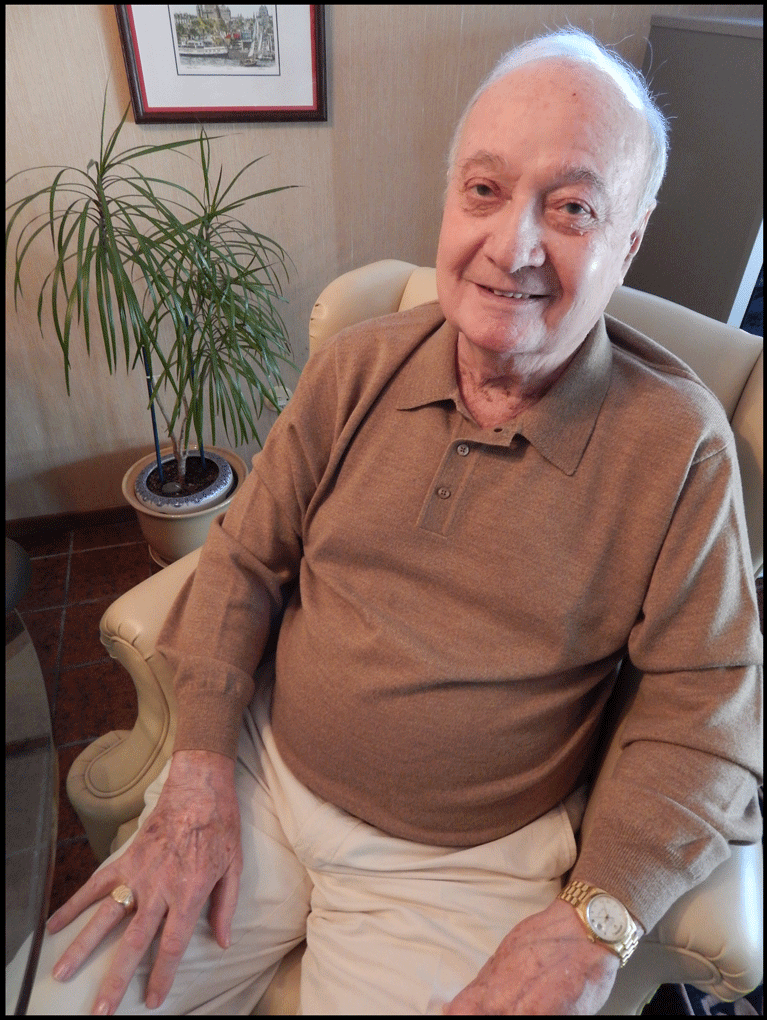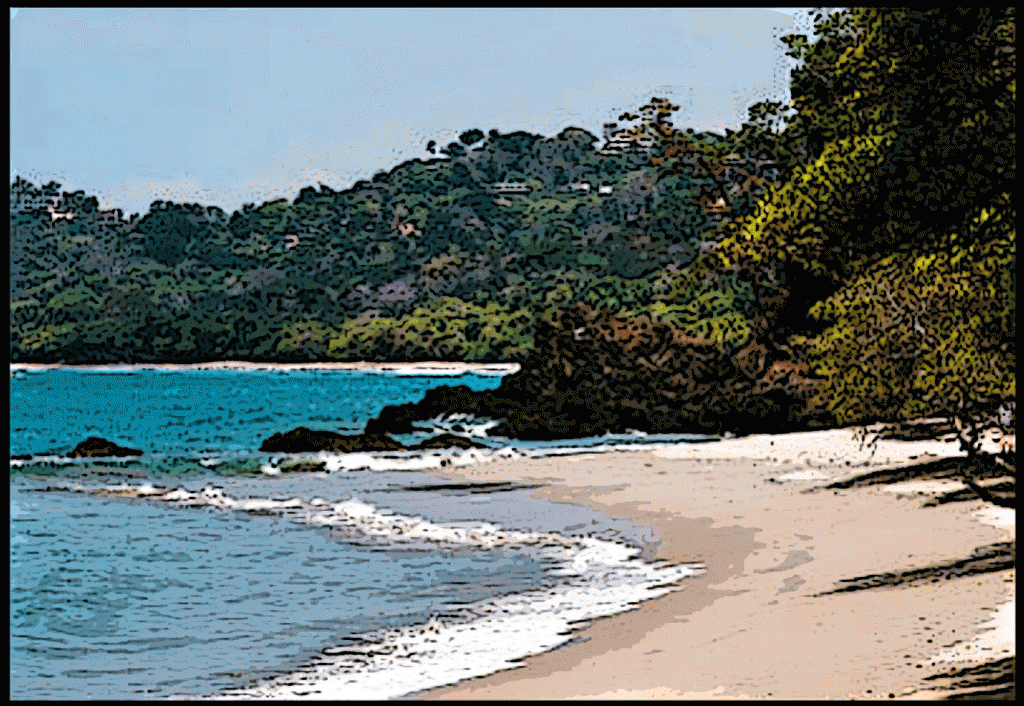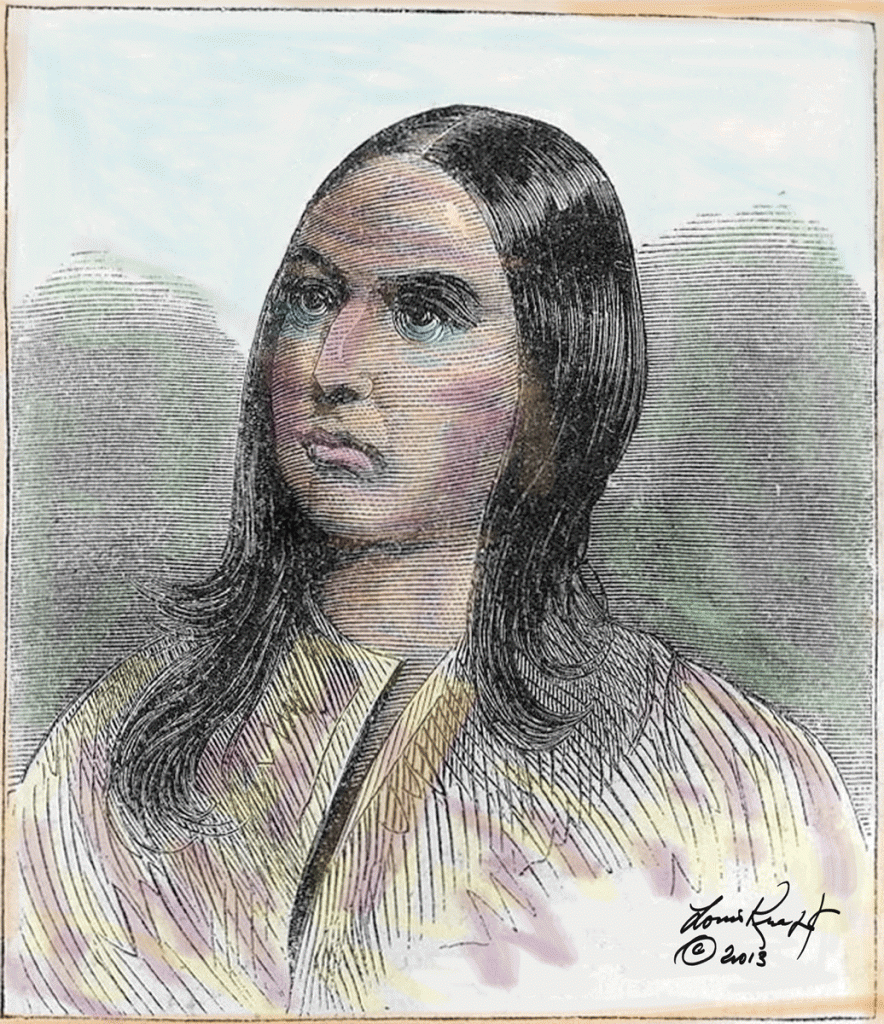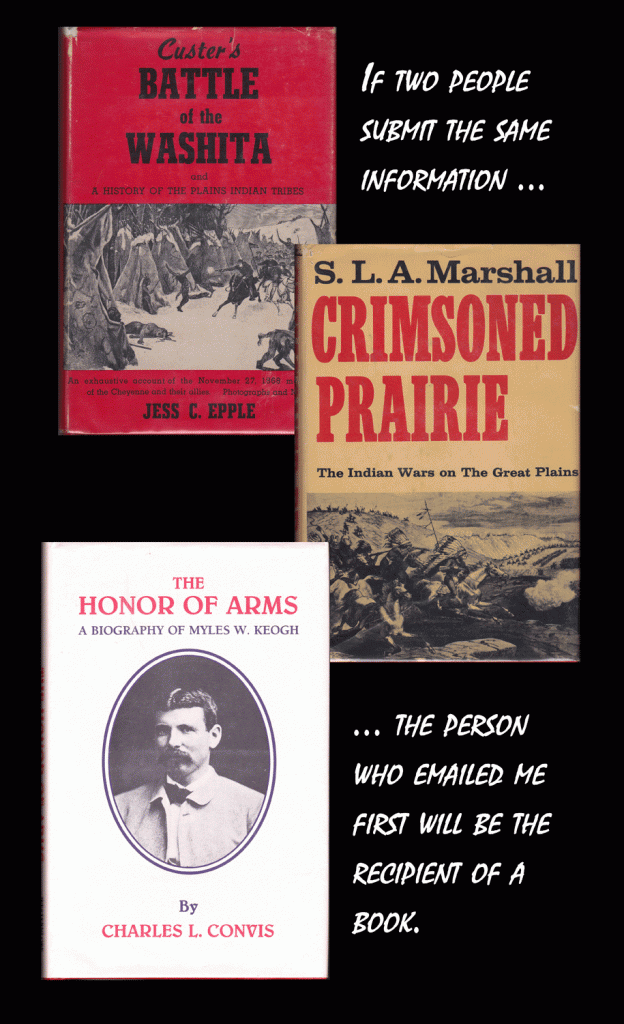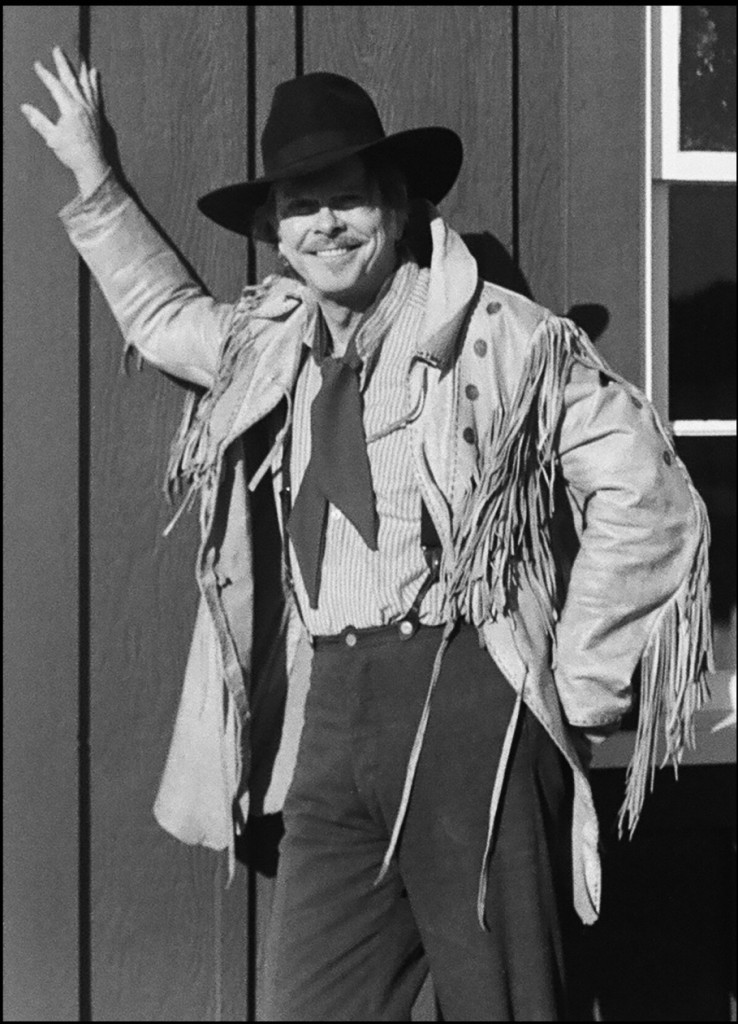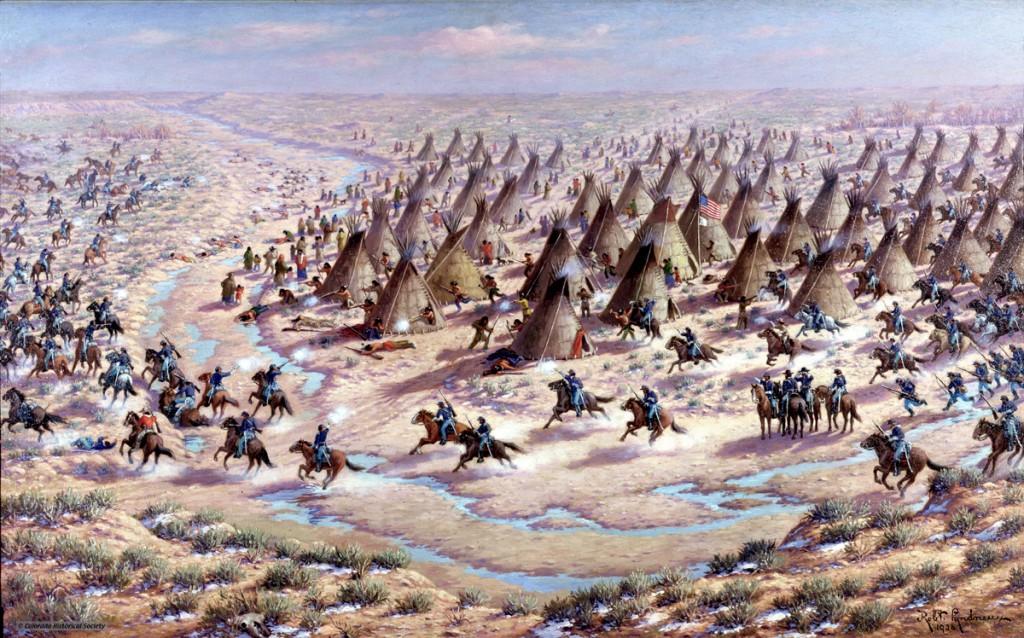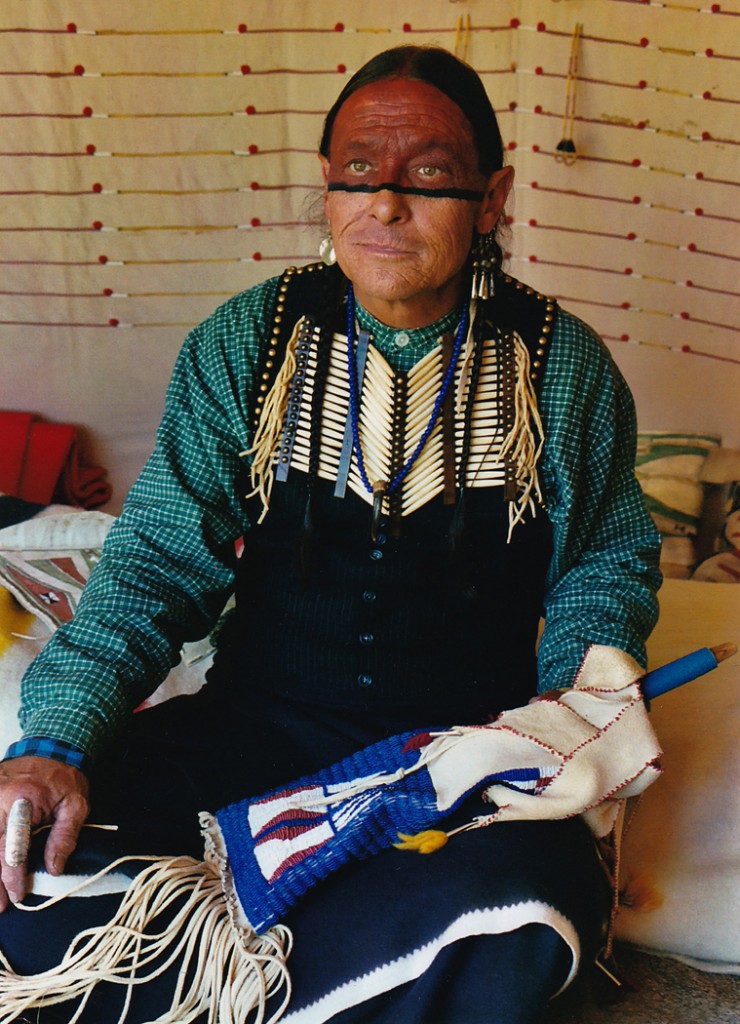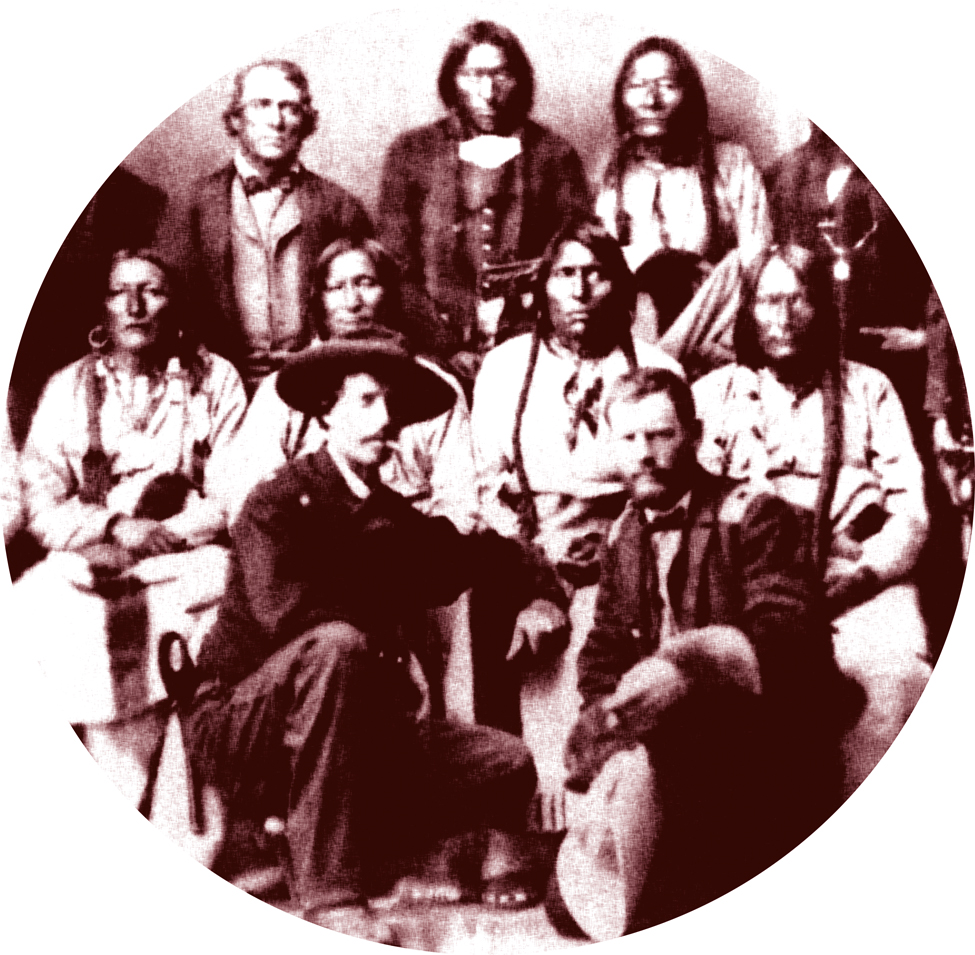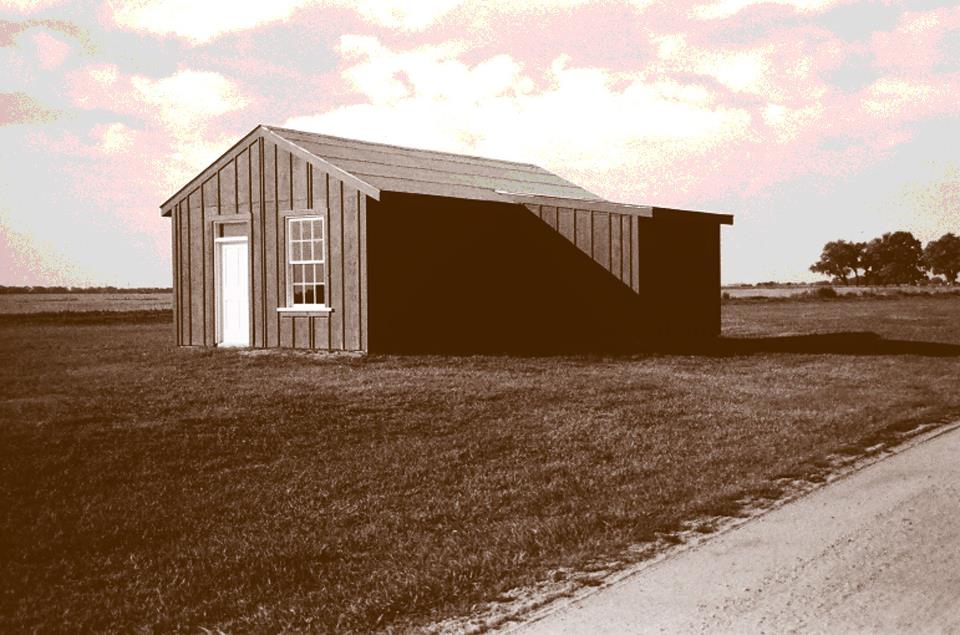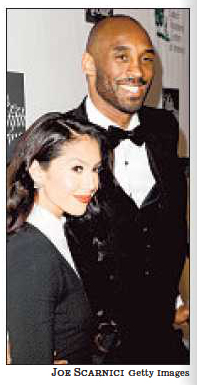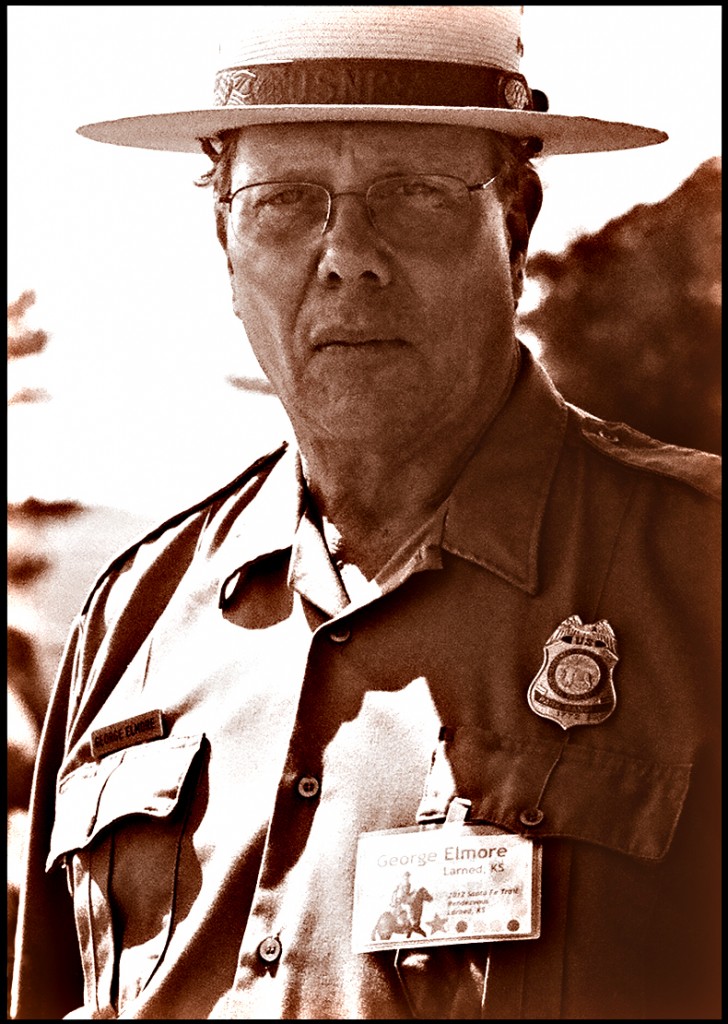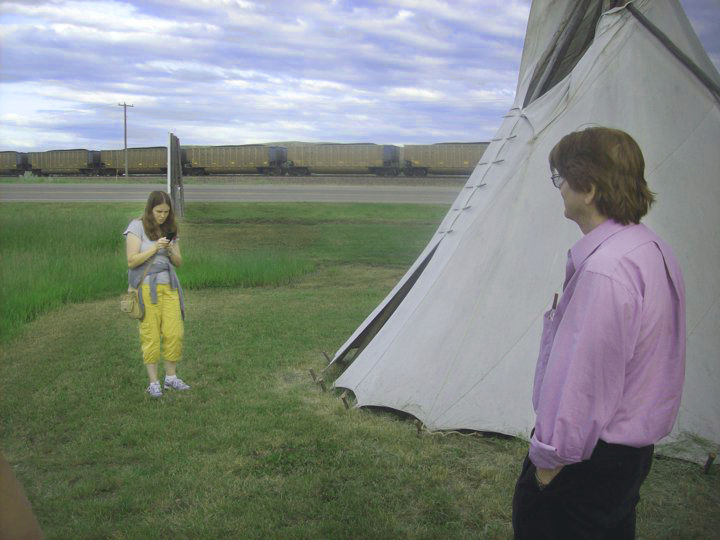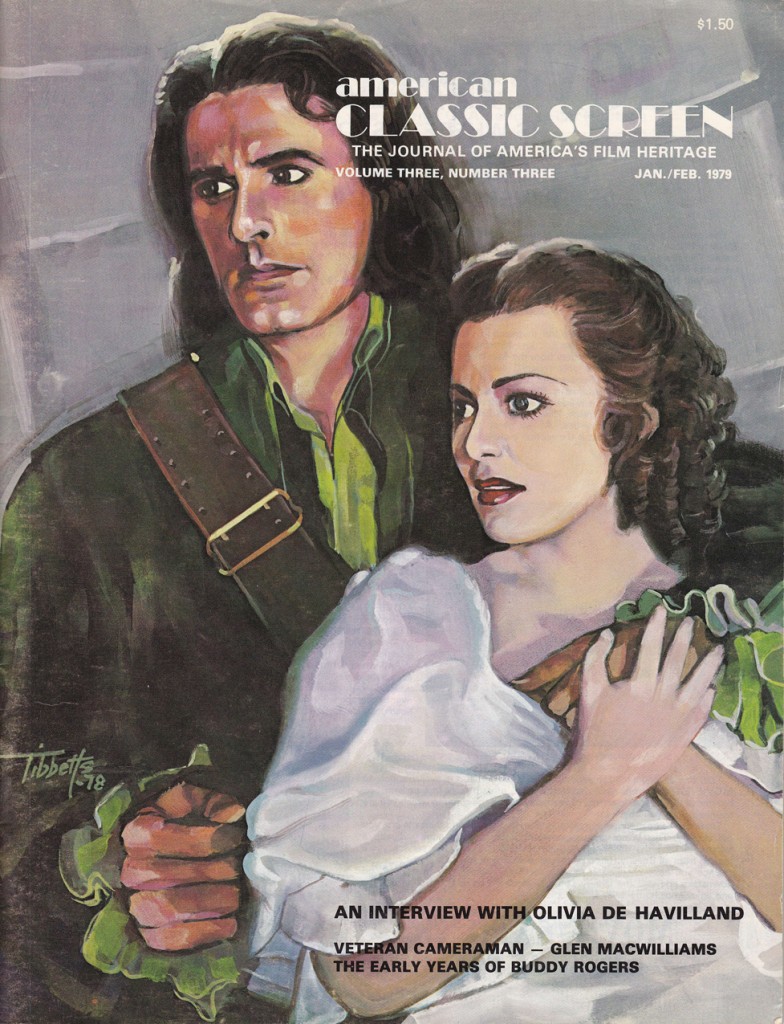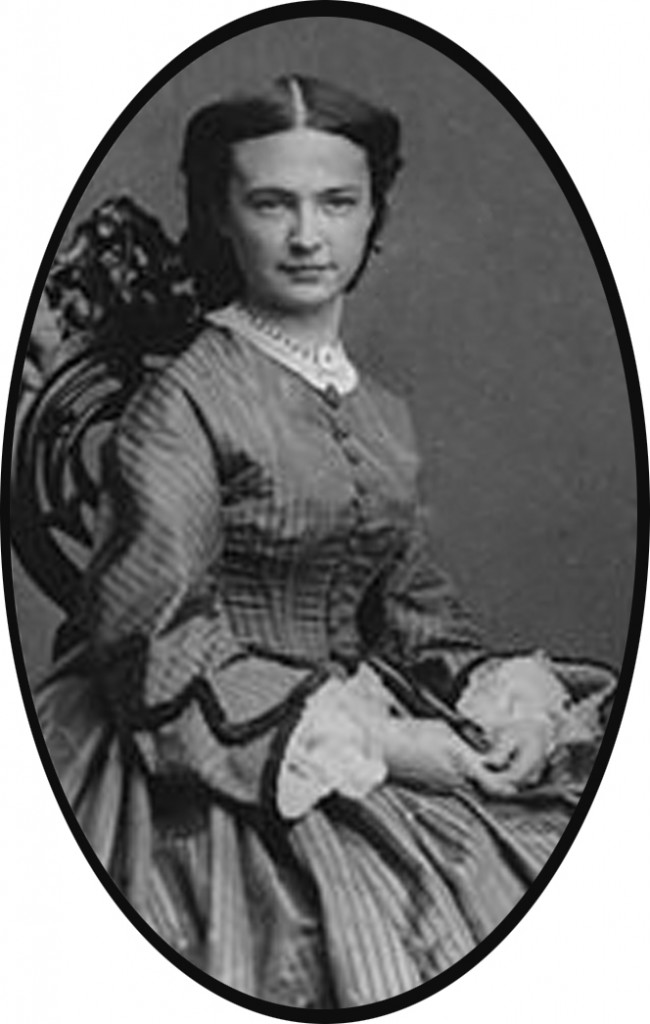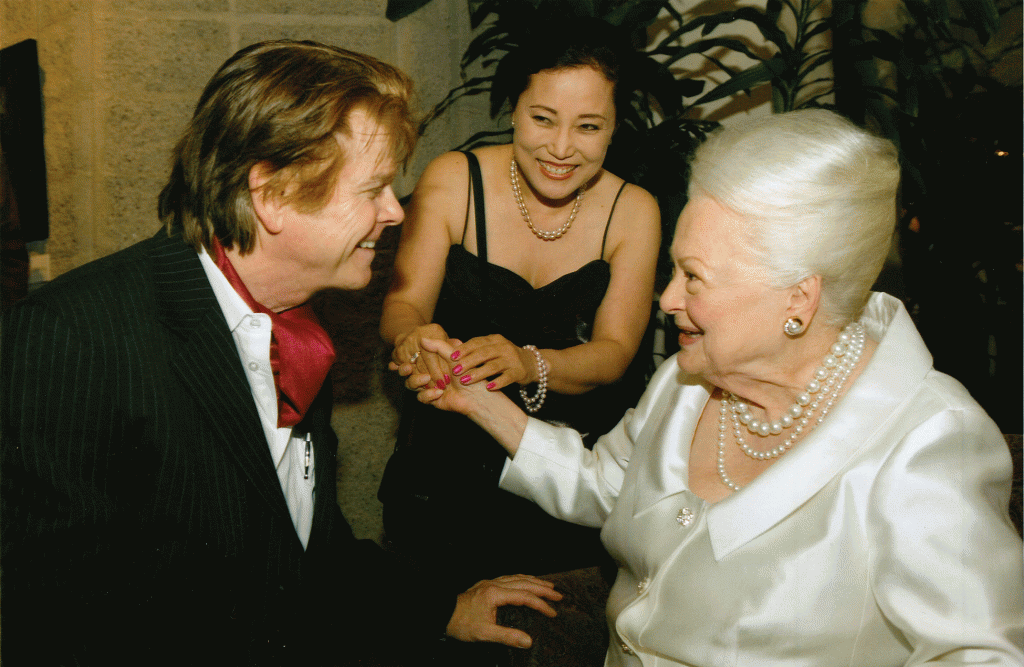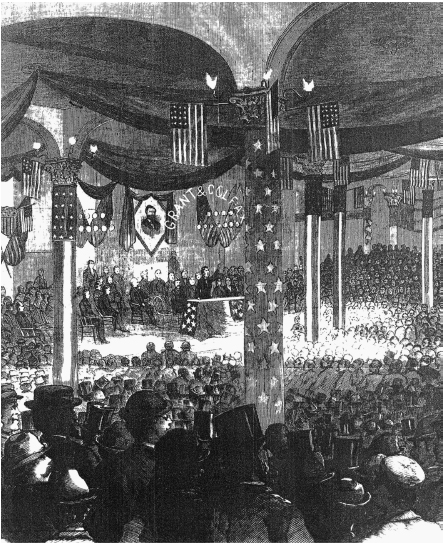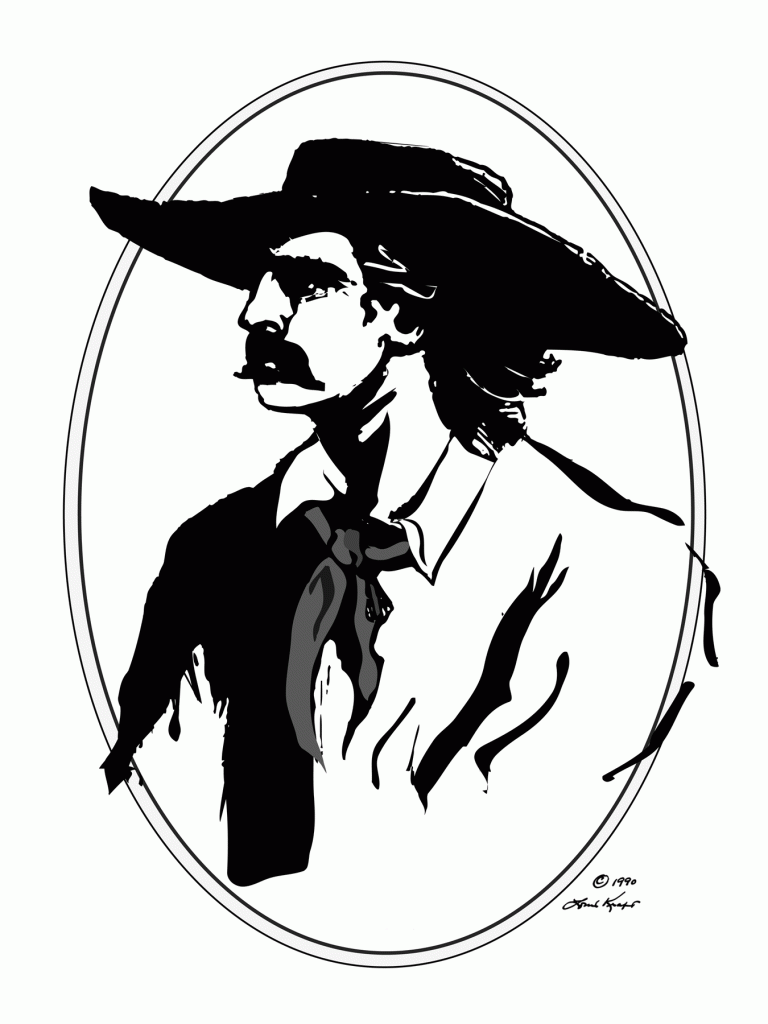Website & blogs © Louis Kraft 2013-2020
Contact Kraft at writerkraft@gmail.com or comment at the end of the blogs
The Protestant pirate Francis Drake was a Catholic priest.
Errol Flynn was the birth father of Elvis Presley.
I don’t know what to say, other than if you are going to talk about something (such as the fictitious absurdities listed above) do yourself a favor, and do some research before you open your mouth and stuff your foot in it. …
If anyone thinks that I am talking about them, guess what?—I am.

Over the years my great friend Glen Williams has taken many reality and publicity shots of LK. This image was taken at Mission San Fernando Ray de España (one of the 21 missions that the Spanish established in early California). This photo represents LK walking out of the dark (here represented as light) and away from racial persecution. (photo © Glen Williams & Louis Kraft 2012)
Personal attacks
Actually just a week or two past it got a lot worse than the above, for racial hatred spewed forth with violent and foul words and it was directed at me (for a previous post, Gatewood & Geronimo live). … My mother and father were not racially prejudiced (actually they had an open door to anyone). This influenced my early life (I marched for Martin Luther King Jr. locally, and lived and worked with African Americans in Oklahoma City while a member of VISTA) and later impacted me to the extent that when I decided to become a writer much of what I would write about dealt with human relations and race. This would be a career choice that wouldn’t earn a lot of money but has always been alive within me and will be so until my life on this world ends (Beyond that? Someday I’ll know.). The words, actually five separate comments attached to the Gatewood/Geronimo blog, were written in such a heinous manner that if they had been painted on Tujunga House they would been investigated by authorities as a hate crime. I saved the five comments for future use (if needed) but then turned the links into spam. Elsewhere on social media I spoke about these hateful words and received marvelous thoughts and comments from friends who are truly friends.
I have begun to believe that there is a Kraft curse: If I create something—nonfiction or fiction, a talk, a play—people take offense. How dare you deal with race relations? How dare you speak up for Cheyennes, Apaches, or other people such as Asians or African Americans? These people aren’t interested in listening to or reading anything that deals with racial or human relations that disagrees with their jaded views, views that focus on destroying anything that they reject.
One person, without reading a word of The Discovery as it hadn’t been published, attacked me on social media (she didn’t attack my partner Robert Goodman, but trust me, if she wasn’t so focused on the target that she placed on my back she would have). I hate to say it, but there are so many people on social media today that jump at the opportunity to destroy books, films, actors, singers, sports figures, and normal people, that it is unbelievable. These people are bent upon attacking. Yep, that’s right. This person and others often don’t know what the bleep they’re talking about, but they are up front and center in their desire to bad-mouth anything that catches their fancy (or should I say their sexist or racist upbringing). … I guess that this is the new American way. If yes, what a sad future our children face.
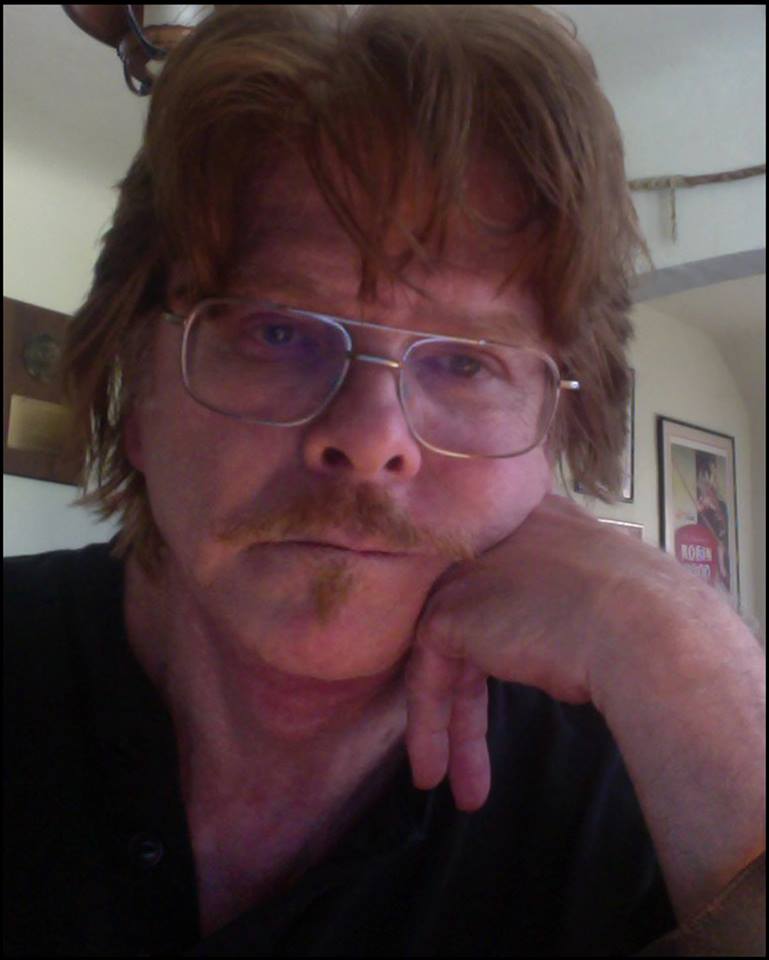
LK pondering his world at Tujunga House, a world that at times is extremely dark, but I wouldn’t want it any other way. (photo © Louis Kraft 2014)
Are these people human beings? I’m chuckling, for this isn’t a valid question. Moreover, you don’t want to hear my answer to this question. Heck, I guess I just answered it. No, they aren’t. They are just like some of the cretins that run for election nowadays. What happened to “I pledge allegiance to the Flag of the United States of America, and to the Republic for which it stands, one Nation under God, indivisible, with liberty and justice for all.”?
(I have a lot to say about the above quote, but it should have a blog all to itself.)
I have a lot of words to say about these creatures, but they aren’t worth five minutes of your time. They charge me with racism and sexism, but they are the racists and sexists. These accusations have been made without seeing one of my plays, listening to one of my talks (although some have been present at talks, probably with their ears plugged; some of these talks are available on the internet), or reading any of my articles or books. Are their comments valid? No! They are the new Americans—trash masters (if you will)—searching for prey without any understanding or knowledge of their current target because they have an agenda, and like vampires they thirst for blood.
Most of these people I don’t know, but some are acquaintances or perhaps friends at one time (but, alas, they are no longer, or most likely never were). This is one of the major lessons that I have learned in life—that it consists of constant change, … and most importantly that heinous people who attack without any knowledge of the subject matter they want to destroy are not human beings. … What is to come? I don’t know, but it won’t be in this blog.
**********
I know; a strange intro to the publication of The Discovery.
I didn’t mean to write the above, but sometimes comments not based upon facts and directed at myself are so biased and hateful or worse that my head spins.
What I write about
I write about subjects that I think are important, and always I write about relationships—relationships between people. Of extreme importance are relationships between people of different races that dare to risk their lives to prevent or end violence and attempt to stop heinous crimes upon humanity.
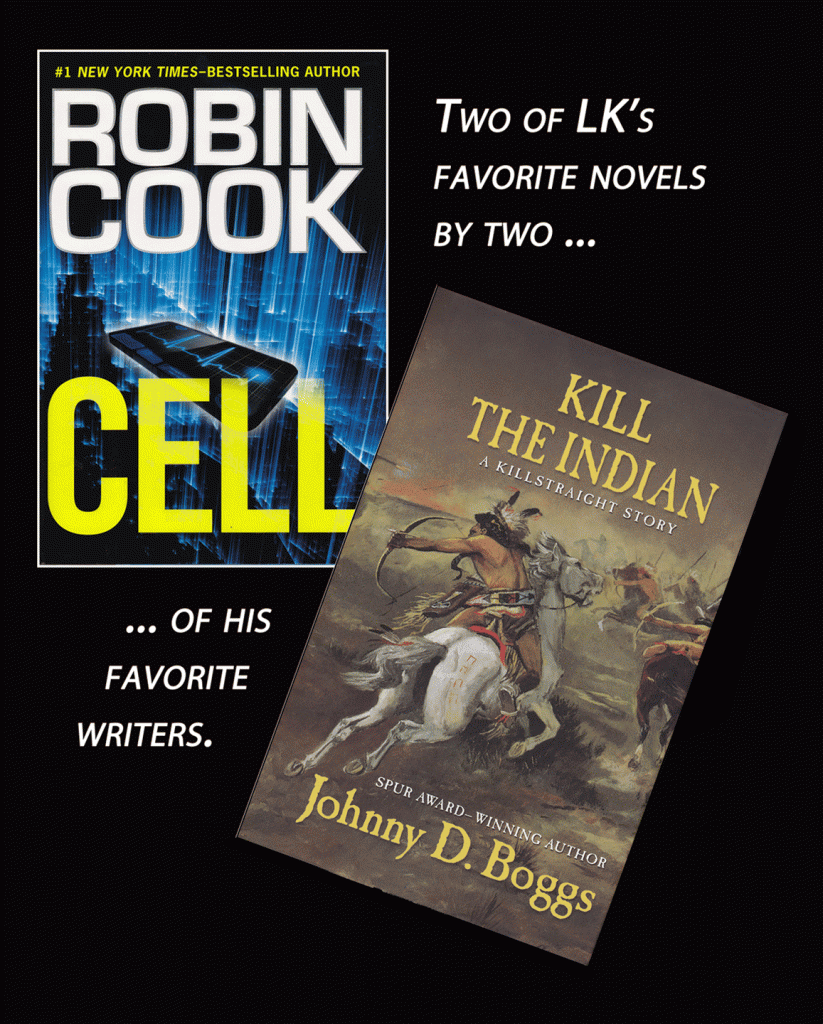 The Discovery is not a book that deals with race relations and horrendous murder and sexual mutilation of people of different colors and religious beliefs. That said, it is a story that is just as valid for it deals with life experiences that can make or destroy lives. Although The Discovery is a period piece set in the not-too-distant past (1951-1973), it focuses on a very important subject in our lives today—the medical world, and to be more specific, malpractice.
The Discovery is not a book that deals with race relations and horrendous murder and sexual mutilation of people of different colors and religious beliefs. That said, it is a story that is just as valid for it deals with life experiences that can make or destroy lives. Although The Discovery is a period piece set in the not-too-distant past (1951-1973), it focuses on a very important subject in our lives today—the medical world, and to be more specific, malpractice.
Do I dare say that many of us have strong feelings about the medical world, and in particular pharmaceuticals? You bet, for I certainly do. For the record I have already forked out over twice what I paid in 2015 for medicinal drugs (and the outflow of cash ain’t a gonna stop). Add that my all-time favorite novelist is Robin Cook, the physician turned novelist, who almost single-handedly created the medical thriller. His stories are page turners, and his best efforts scare the bejesus out of me when his leading players become entwined within a medical horror that Cook pulls from the front pages of the American press. Right there with Cook is Johnny D. Boggs. Boggs doesn’t write what I would call thrillers, but his plots are extremely well crafted, his dialogue extraordinary, and his characters are a joy to behold. His stories are also page turners. I highly recommend both of these fine writers to you.
The Discovery is actually a character study of a number of people whose lives become entangled due an event that happened in 1952. Dialogue and character are absolute musts for a novel to succeed. However, I had another challenge with The Discovery: How do I keep the story moving forward while seamlessly moving between the players and the passage of time while not losing focus to what is really happening. It took some time to figure this out. Oh, there was one thing that I knew was an absolute necessity—I needed to write the book as a thriller.
If you are like me, your free reading, that is pleasure reading (and I have little time for this), is at night after preparing for bed (about a one and a half hour task for me) when I have a half hour or so to settle down and enjoy another writer’s prose before turning off the lights. I both curse when I can’t put the book down when time’s speeding by and I’m getting up at four or five while at the same time love it for the current writer’s story has grabbed hold of my soul and it won’t let go.
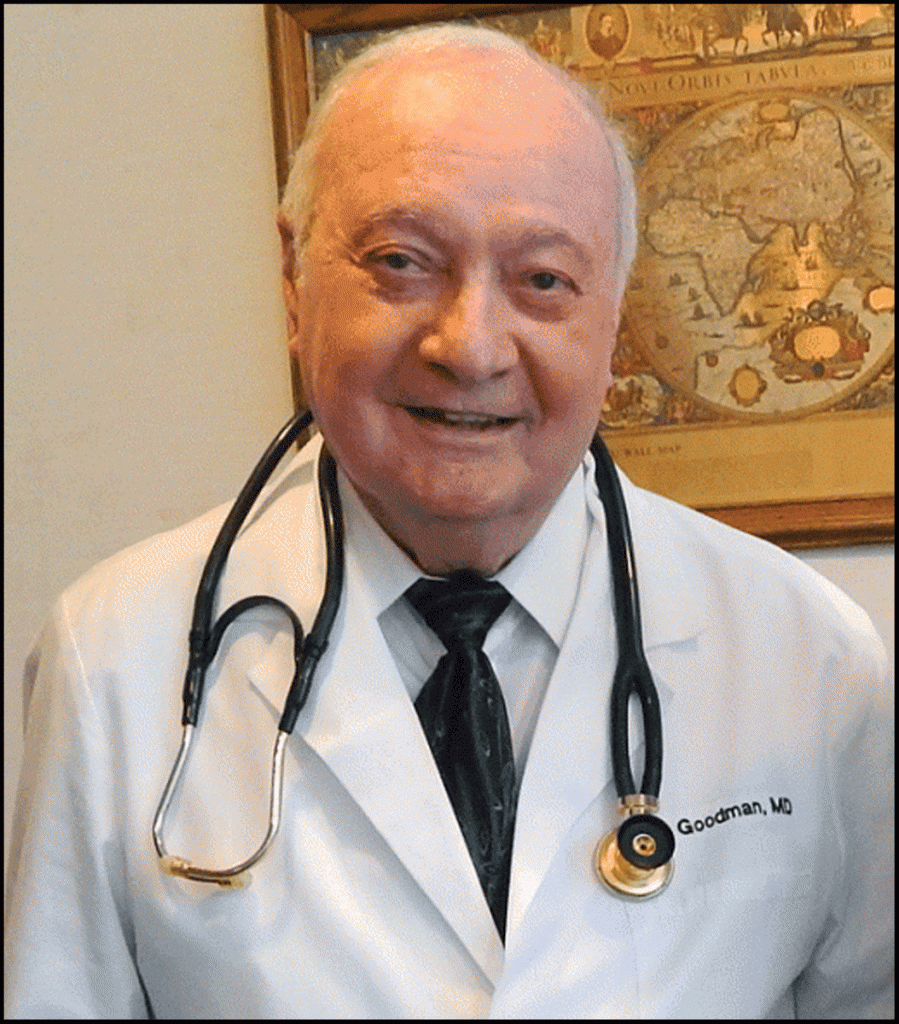
Robert S. Goodman MD, internist and cardiologist, in his Tarzana, Calif., office in 2014. (photo © Louis Kraft 2014)
Why The Discovery?
Opportunity.
A little more than a couple of years back I partnered with a physician named Robert S. Goodman to write and polish a great story idea that he had created.
Robert (Bob to me) had a firm view on how he wanted The Discovery to be published, and I agreed to his desires. This means that it is a “trade paperback” book. It was mandatory that I announce The Discovery’s publication early for personal reasons. That said, the trade paperback is available for purchase on Amazon now, as is the Kindle eBook.
At the end of 2013 I began taking Bob’s idea and rough draft and turning the characters into living and breathing players, as well as expanding the dialogue and the plot. This would place a good portion of my life and my writing world on hold (but not completely, for great strides have been made with Sand Creek and the Tragic End of a Lifeway research and writing*). Although this is hard to say, everything that has happened has been for the good as I am a better writer in 2016 than I was at the end of 2013. There are two reasons: Working on The Discovery and on the LK blogs. Don’t snicker, for ’tis true.
* Sand Creek and the Tragic End of a Lifeway may perhaps be the most important book that I ever write. As you know, I’m a biographer who focuses on key times in the lives of the people I write about. The Sand Creek story will be different, but not a huge step from what I usually write, for my editor at OU Press (Chuck Rankin) and I worked out a story line that was acceptable to both of us. That is, I’ll show (“SHOW” and not tell) the story from the point of view of all the major participants in the lead-up to the attack on a Cheyenne-Arapaho village at Sand Creek, Colorado Territory, in November 1864, the attack, and the aftermath. This is basically biography but on a larger scale. The key will be to smoothly transition from one participant to the next as the story moves forward.
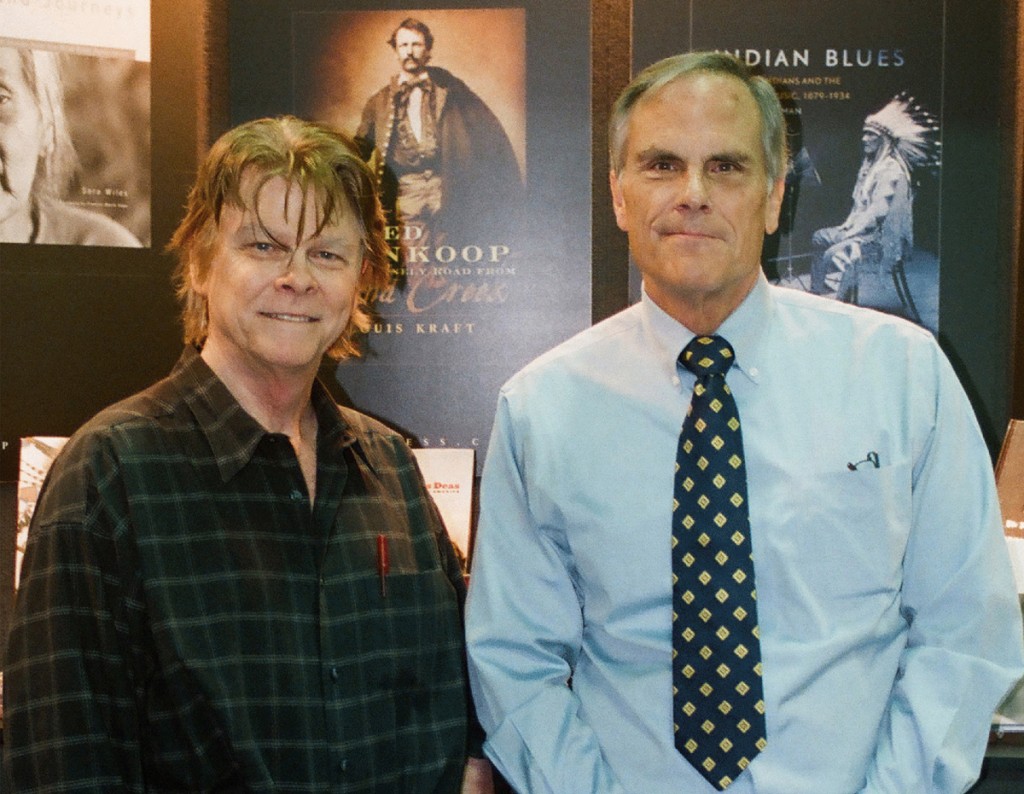 LK with University of Oklahoma Press editor-in-chief Chuck Rankin at the 2011 Western History Association convention in Oakland, Calif., where Ned Wynkoop and the Lonely Road from Sand Creek was introduced to the public. The poster for the book is behind Chuck and I; he gave it to me, I framed it, and it is now displayed in my living room. The Wynkoop book is directly responsible for Sand Creek and the Tragic End of a Lifeway. (photo © Louis Kraft 2011) There aren’t that many villains in our world, for most people truly believe that what they do is correct when they do it. (Everyone has their own point-of-view depending upon their life and culture and act accordingly. That doesn’t make them evil because I don’t agree with them or their actions, and conversely I’m not evil because my views and actions are in conflict with their culture, religion, or politics. That said the murder of innocent people can never be condoned regardless of the point-of-view.) … There are out-and-out villains, such as Charles Manson (who I had a connection to without realizing it at the time, due to my motorcycle riding) and Ted Bundy (the last project I worked on—film or TV—was a miniseries on Bundy called The Deliberate Stranger in the mid-1980s). … If I do my part correctly in the Sand Creek project you will be able to make your own decision about the key players in the story, based upon their actions. Again, the key is to show and not tell. |
Back to The Discovery
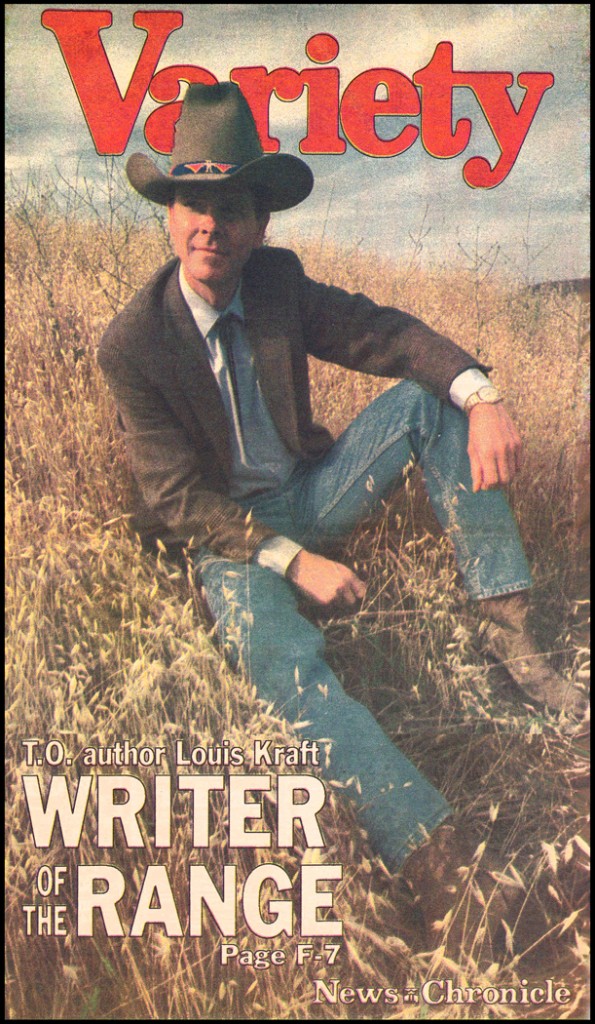
This image of LK in the Ventura News Chronicle (actually the cover to the paper’s entertainment section) dates to April 1992 when The Final Showdown was published. “T.O.” stands for Thousand Oaks, Calif. There is a major story here (but not for this blog).
Have you ever heard Yogi Berra’s quote, “It ain’t over ’til it’s over”? He was the great NY Yankee catcher from the golden age of Baseball (the 1950s), and his words certainly apply to me.
The Discovery has been a long process for me. You would faint if you knew how many hours, but all the work, that is, the process, has been worth every hour or day that it has cost me. Creative work is always about the process: That is the research, writing, rewriting, rewriting, editing, additional research, more rewriting and editing. This is an ongoing activity (which in my case always includes a multitude of people who help me during the process) until the product is printed or presented or performed. … It isn’t about awards or money (although they are nice, especially $$$, which for me is always a major reason to begin a project) but for me it is the attempt to discover what happened while not blindly restating historical errors that lazy historians who don’t do real research continue to reprint. This often includes months and even years of research, which is ongoing until a project reaches fruition.
Just about everything that I write is interconnected in one way or another. … The Discovery is the lone exception.
**********
As said above, I pushed the envelope in The Discovery. … Violence is harsh and deadly; love, infidelity, and sex are real; the story could happen and lives could plummet to disaster.
What The Discovery and the blogs have cost me in time, they have repaid in dividends to my future writing. Huh? That’s right—major dividends. Everything that LK writes in the future will be better multiple times over because of the recent past. That is an egotistical statement, but oh so true.
Constructive criticism is the most important thing
that writers, actors, artists can receive.
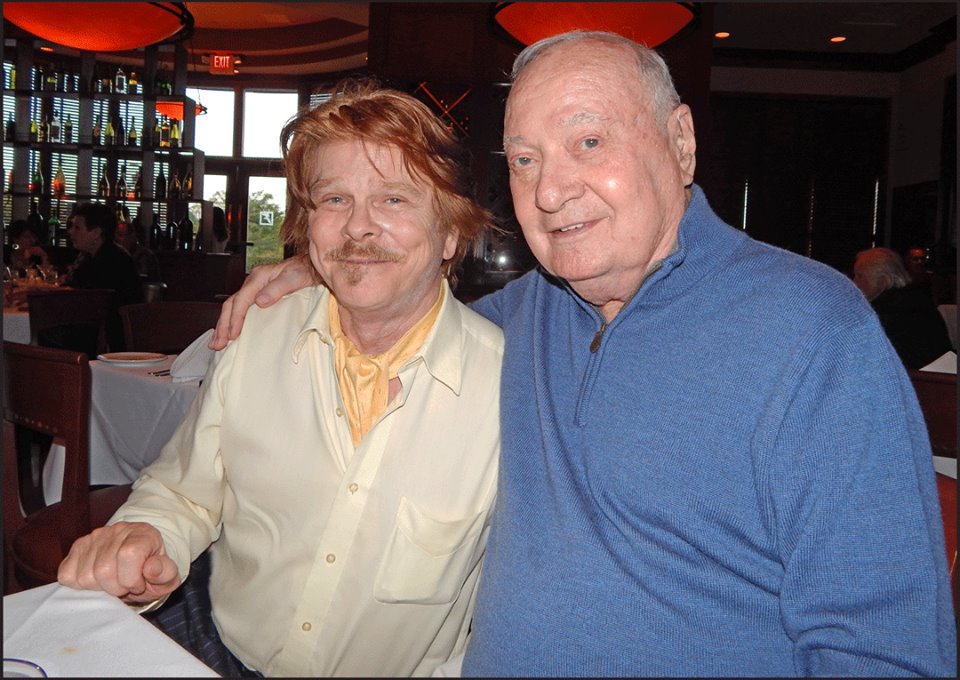
LK with Bob Goodman at Flemings in Woodland Hills, Calif., on 26june2014. For the record, I’m kneeling on the floor. Doris & Bob Goodman and Pailin & LK had a great time that evening. (photo © Louis Kraft 2014)
Certainly Doris, Bob’s wife, and other family members, contributed to Bob’s initial story idea and made valid comments when the manuscript neared completion. Others, mainly Susan Snipes, a malpractice attorney, who provided important information regarding legal ramifications of the story’s lawsuit and the statute of limitations in California; and Joel Goldman, a Los Angeles civil attorney, who also advised and provided additional statute of limitations documentation.
Three talented and professional friends helped me fine-tune The Discovery’s 122,000 words, Veronica Von Bernath Morra (a retired nurse and journalist), Glen Williams (a senior manager of engineering departments that operated a global telecommunications network), and David DeWitt (an Errol Flynn expert, author, and website specialist). Another talented friend, Sherry Weng (an engineer), provided superb commentary on the rear cover. Writers and artists depend upon constructive criticism, and these people have improved the manuscript and cover copy immensely. I’ll always be grateful for their efforts. They have done for me what every writer and artist must desire and cherish—constructive criticism. My friends, thank you from the bottom of my heart.
A medical example, plus a little about Bob Goodman and myself
Over the years I have heard way-too-many people talk dirt about medicine. Medicine is an art form based upon science in which decisions must be made. Sometimes they are wrong, but often they are right on target.
For example, about three-quarters of a year before my sister died in 2006 (and if I’m off on my dating here, the following incident would have taken place a year and a quarter before the end of her life). Linda and her absolutely marvelous husband, Greg Morgon, invited a couple over for dinner. After eating Linda didn’t feel well and went to bed. After their guests left Greg checked on her. She was burning up with fever and he rushed her to emergency. From here she was transported to a hospital in the lowlands (they lived in the mountains at Lake Arrowhead, California) that could deal with what had happened to her. Actually there were a lot of doctors involved—so many that I couldn’t keep track of them. As Linda’s condition worsened, doctors and specialists couldn’t figure out what had happened, what had attacked her, or had invaded her immune system (at this time Linda was struggling with the cancer that would eventually kill her).
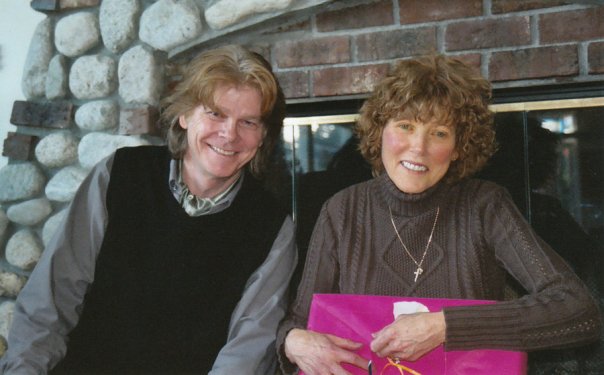
Linda and Greg were to visit Tujunga House for Christmas 2005. Unfortunately I was under the weather and called it off. Reason: Linda’s immune system was at risk. Early in 2006 she called me and told me that her liver no longer functioned. “Can they fix it?” “No.” “What does this mean?” “I will die soon.” On January 15, 2006, Linda and I celebrated our last Christmas together at her home in Lake Arrowhead, Calif. This was a special day for me. She died on March 1, 2006. (photo © Louis Kraft 2006)
My beautiful sister was slender, but no longer. She puffed out and blew up as if her entire body was a balloon. And worse, all of her skin turned beet red. Shortly after this happened she dropped into a coma. After several days of this, and with the experts not able to figure out what was happening, one of the main doctors on her case, a female (I don’t remember her name), told Greg and I that there was nothing medical science could do and that we needed to prepare for the inevitable.
Days passed, but still Linda lived. One of the doctor’s on her case decided to put her on 24/7 dialysis. This went on for about a week. Then, suddenly, her skin began to return to her normal color, the ballooning of her body went away, and she woke up.
The doctors never figured out what had attacked her system.
A lot of medical bad mouthing
Ladies and gents, to repeat myself I have heard a lot of medical bad mouthing over the years. Although I have no intention of commenting on this statement I want to tell you something, and that is: If it wasn’t for my doctors I would have long ago ceased to exist.
I think that you need to know a little about my partner Bob Goodman. He has been one of my principal doctors for over 25 years. More important, if it wasn’t for him my life probably would have ended in 2003 (another physician and surgeon, Malcolm D. Cosgrove, also played a major role in my continuing to enjoy life).
Bob Goodman and John McGirr, MD

LK’s father-in-law John McGirr on the golf course in Calabasas, Calif., in the mid-1970s. He loved golf, and throughout his life he was a very fit man. More important, he always treated me well. I miss him. (photo © J.L. McGirr mid-1970s)
I’m guessing here, but I believe that I met Bob Goodman sometime around 1986, the year that my father-in-law Dr. John I. McGirr closed his practice (more below).
At that time I had landed my first straight job (after talking my way into the position by guaranteeing that I could learn how to use a corporate insurance brokerage firm’s computers in two weeks, and at that time I had never touched a computer in my life). Yeah, I’m cocky.
Although I had lost all of the free medical attention that I had had during John McGirr’s practicing life (such as my daughter’s birth at the Tarzana Medical Center—now Providence Tarzana Medical Center, one of the top 100 hospitals in the United States in 2015—which was 100 percent free), I had, in Bob, a physician who cared about his patients and did all he could to ensure their well being. Me finding Bob was pure luck, for I had many PPO physicians to choose from. Luckily I chose him.
And it goes beyond Bob, for I also met, knew, and worked with his beautiful wife Doris. What a sweetheart! I love her! Just like Bob, she has always been there for me. …

Pailin (center) with Doris and Bob Goodman at Flemings in Woodland Hills, Calif., on 26june2014. (photo © Louis Kraft 2014)
This leads us to a very important plot point as related to The Discovery, which is about a physician and his gorgeous wife (Harry and Helen Chapman). You need to know now and right up front that when I write fiction or screenplays I base my characters upon real people but then let my imagination take over. That said, Bob and Doris are not Harry and Helen. … for Harry and Helen are totally fictional people that Bob and I have created.
Louis Kraft screenplays, … Wonderboat
Some people know a little about my medical background, but not many. Over the years I’ve had somewhere between 15 and 16 operations (sorry, but I’ve lost count), and the next one will be this April. Most weren’t life threatening, but a few were. After a 2003 operation that saved my life, there were immediate complications and the day after the surgery a neurologist (and I’ve had a number of them) told me that I wouldn’t walk in the near future. I told him to F— himself. It’s been a painful fight but I’m still walking.
For the record I have had six major physicians that play a key role in my life (seven, if you count my long-deceased father-in-law, John McGirr, who died in 1987 … and I do miss his intelligence, his kindness, his interest in me, our adventures together, and his golf, which he loved). These gentlemen, these practitioners, have become my friends. They answer all my questions using words that I understand. Often they go way beyond what is required of them and help me to keep my health in so many ways (and Bob Goodman and Malcolm Cosgrove are at the top of this list).
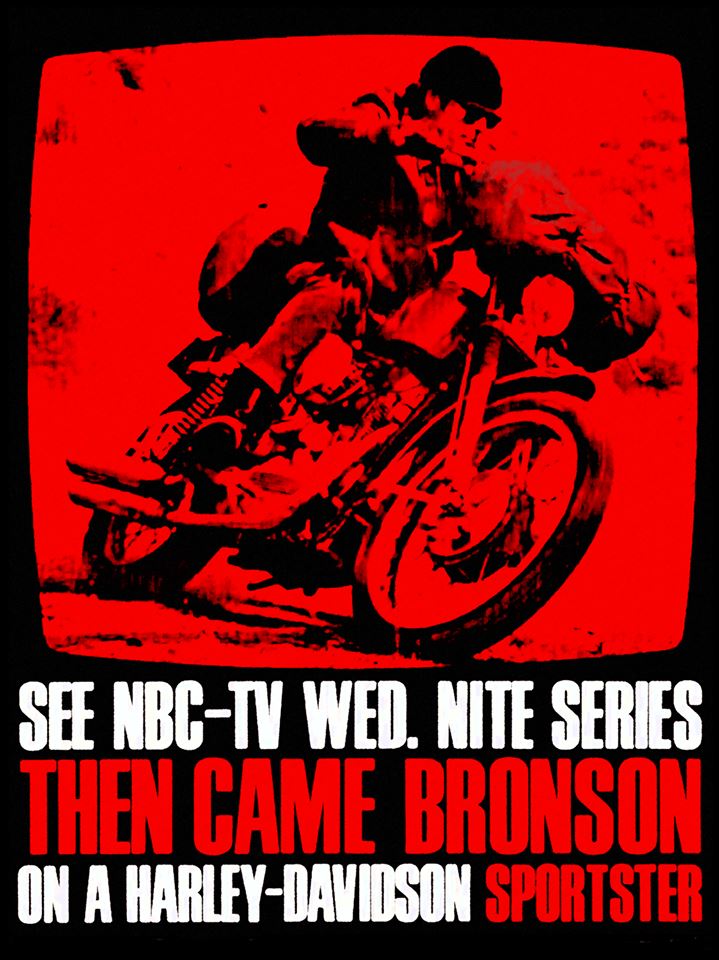
At the time of Parks’ Then Came Bronson series Harley Davidson gave away this poster. It is huge, much larger than film one-sheets. Alas, I need a taller wall; perhaps in Santa Fe (N. Mex.) or Ecuador or Southern Spain. Time will tell.
My initial writing training was writing screenplays for an agent (who took me under his wing), followed by one of the writer/producers of Then Came Bronson, the great Michael Parks 1969-1970 TV show about a loner looking for an identity as he traveled throughout the American West on a Harley Davidson motorcycle.
These two gentlemen, Ed Menerth and Bob Sabaroff (both of whom I have no images) spent a lot of time with me and my drafts. They made the effort to markup a lot of my screenplay drafts and spent hours discussing them with me. We talked about plot and character and dialogue. This was not a short time period but somewhere between five and six years. Ed was extremely detailed and at times we met weekly and worked deep into the night. I can’t begin to tell you how many hours Ed and Bob put into marking up my drafts and spending prime time with me to verbally review my scripts. Once Ed was satisfied with a draft it went on the market. … Bob was different in that he didn’t represent my work. I met him, as I had others through interviews, acting jobs, or personal connections. He was a big, burly fellow with a petite lady. When we first met we liked each other immediately, and like Menerth, he took me under his wing. His objective was not to sell one of my screenplays but, if possible, to produce it.
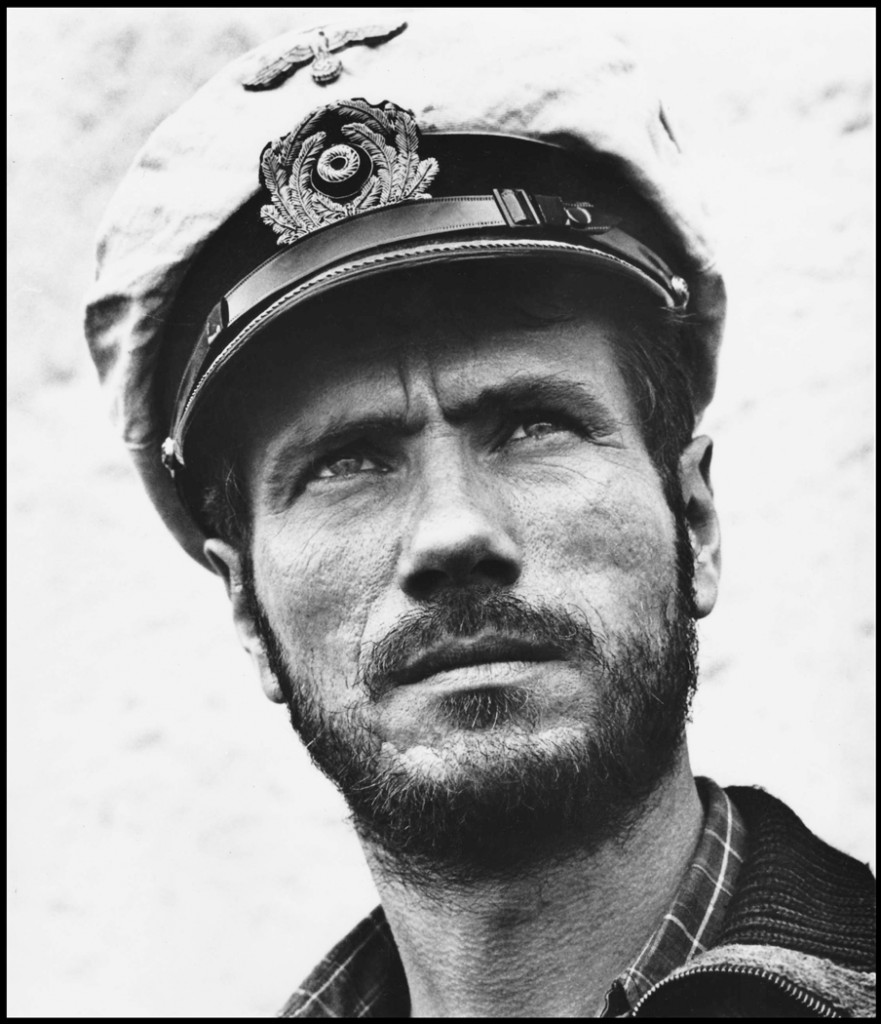
This is Jürgen Prochnow, who played the U-Boat commander in the great German film, Das Boot (1981). Unfortunately his U.S. film career did not take off. That said, he would have been perfect casting as the U-boat commander in Wonderboat. For the record, “Wonderboat” refers to a much-advanced U-Boat that German engineers were creating. In 1945 their hope was that this vessel could perhaps save Germany, which was then nose-diving toward disaster. Time ran out and the hoped-for armada of wonderboats never had the chance to perhaps change history. The LK Wonderboat script deals with racism & hope; success at sea & failure; loyalty to country & standing up to evil; love & tragedy; … and most important, it is anti-war. If ever you desire to read the Wonderboat script it is housed at the Louis Kraft Collection in Santa Fe, New Mexico.
Ed and I came close to selling or optioning a number of screenplays but failed (the closest for him was to Rory Calhoun at the end of his acting career and for me to Richard Thomas (John-Boy of The Waltons TV fame), who I had a good working friendship with for several years). Bob fell in love with Wonderboat, which dealt with the destruction of Germany during WWII as seen through the eyes of a U-Boat commander who had a Jewish girlfriend. It included the German officer Claus von Stauffenberg’s assassination attempt on Hitler in July 1944, which failed and of his execution the following day. Bob asked me to move the story to WWI and remove the Nazi/Jewish portion of the story. I told him that I couldn’t do this as the entire story was based upon historic facts about WWII and the German U-boat war. More important, I told him that it was a story not only about the war but race relations and the German people (in this case a good portion of the U-Boat commanders that fought for their country but were disgusted with events that surrounded them in their Homeland). This would end my working relationship with Sabaroff, and eventually our friendship as he wasn’t pleased with me standing up to him and saying “no.”
Surprisingly the Wonderboat script would also mark the end of my relationship with Menerth in 1982 (he had been my agent since 1976).
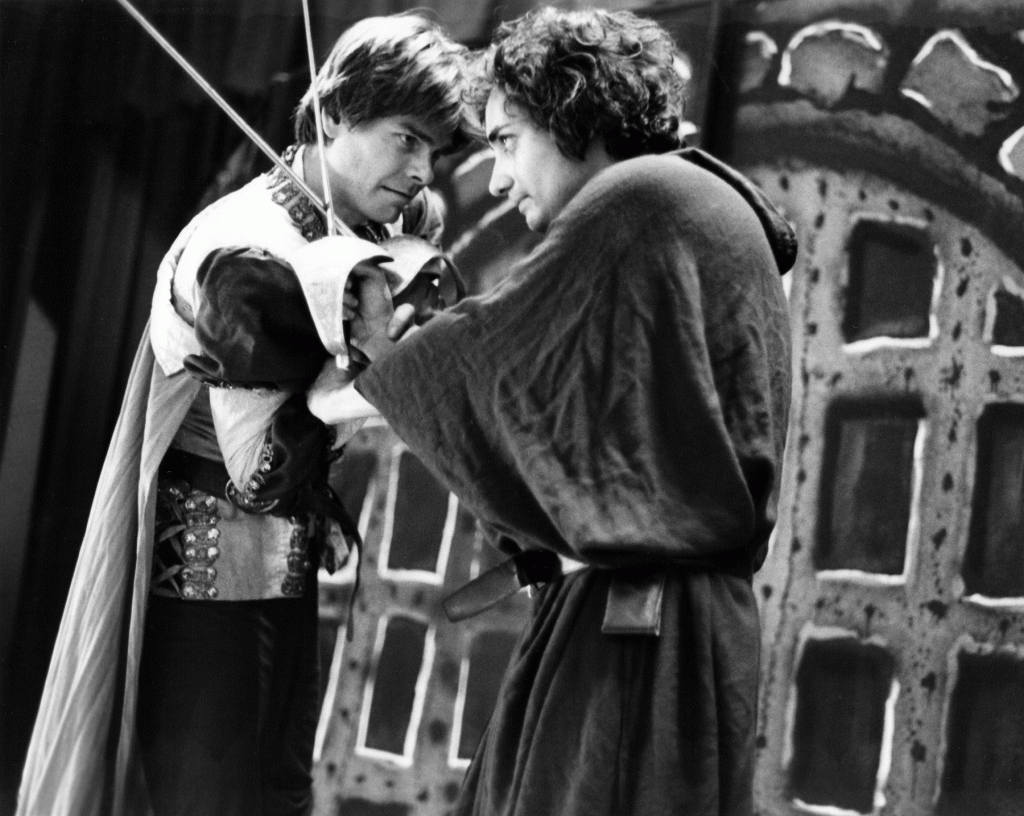
LK with the evil Jeff Richards during the duel that I choreographed for the 1981-1982 tour of The Prince and the Pauper. Late in the play’s run Jeff went up during the duel, but instead of returning to calling out numbers, that is blade cuts and parries, he attacked and sliced me just below my left eye. I was livid, and after the performance the other actors had to keep us apart (I’ll deal with this in the memoir). (photo © Louis Kraft 1981)
In 1981-1982 I played Miles Hendon in a 135-performance tour of The Prince and the Pauper in Northern California. The actors had Sundays off. While living on the east side of San Francisco Bay in 1982 I took BART, SF’s subway system, under the water to the city proper and saw the great German anti-war film that dealt with a single U-Boat voyage that had recently opened, Das Boot. This was about a year after I completed the final draft of Wonderboat, which Menerth loved. There was one problem, he told me that he couldn’t sell the script due to the subject matter. Das Boot became a major success in the United States. When I left the tour after 135 performances, and I did enjoy playing Hendon and performing a sword fight on stage, I fired Menerth. … There would be two additional screenplay agents but they didn’t work out.
What I write about redux …
You know what I write about; race relations during the 1860s and 1880s on the American frontier. Mostly nonfiction but some fiction and plays. As stated above, next up is Sand Creek and the Tragic End of a Lifeway, which will be followed by Errol & Olivia (the first of three nonfiction books on Errol Flynn; Olivia is Olivia de Havilland). Also in the mix is a nonfiction book on Kit Carson and Indians (sorry, but I need to be vague here), and a memoir (which is no secret, as I use the blogs to explore my life). Also, and this is not farfetched, there might be two books on the pirate Francis Drake in my future (like Flynn and Carson, I gobble up everything I can get my hands on in regards to Drake). … There you are: LK’s writing future in a nutshell. Ladies and gents, that is a lot of words and a lot of time on my part. That said, I have every intention of squeezing in fiction after Errol & Olivia (the first will be a Kit Carson/Indians story, which is not related to the nonfiction book).

There are three major holidays in my life (see photo, right): Thanksgiving, Christmas, and Easter. Christmas and Easter gave me Christianity and my religion (along with my mother’s influence and the Catholic, Lutheran, and Methodist churches). I hate to say it, but people that I know damn me to hell as I don’t cherish Jesus Christ and God exactly as they do. I do not want to say anything about these people, for their lives are theirs, … and mine is mine. I know Jesus and God and I talk to them every day. This image was taken on 27mar2016 (Easter). My mother’s mother and my grandmother (Clara Small) gave me the portrait of Jesus (in the background) when I was a little boy. I have cherished it ever since, and it has been the major image in my dinning room at Tujunga House for many-many years. One other thing: I believe that all people have the right to cherish and pray to their God and not be persecuted, raped, or murdered because their God is different from mine … or anyone else’s God. (photo © Louis Kraft 2016)
In the middle 1980s I got tired of writing screenplays for free and began selling magazine articles that would range from travel to baseball to the American Indian wars, and this would lead to my first published novel The Final Showdown and a contracted novel that exploded in disaster when the publishing house broke our contract. The rest is history.
A special part of LK’s world times two

LK with Tomas Jaehn at the Fray Angélico Chávez History Library in Santa Fe on 15Sept2004 after my talk on “Cheyenne Agent Edward Wynkoop’s 1867 Fight to Prevent War.” Tomas and I had known each other for years, he had created the Louis Kraft Collection at the Chávez, and by this time we were good friends. (photo © Louis Kraft 2004)
Tomas Jaehn recently visited SoCal and we were able to enjoy time together as we drank Korean tea with ginseng and ate chicken cooked with Pailin’s Salsa Verde; salad with Italian dressing made from scratch with balsamic vinegar, virgin olive oil, water, and seasoning; and rolls. Believe it or not, ol’ LK is a decent cook. I showed him the printed proof of The Discovery (which he wanted to take to Santa Fe, but I said no as it was a proof and not the printed book) along with the daguerreotype of Wynkoop that I featured in Ned Wynkoop and the Lonely Road from Sand Creek (2011). This daguerreotype will someday be a part of the Louis Kraft Collection. I also talked about three magazines that I gave him to take to the LK Collection in Santa Fe (the recent Wild West Geronimo cover story, an Army magazine article in On Point and written by friend Col. Paul Fardink, retired, which features an LK interview turned into prose that is over half of the article; and a Johnny Boggs 2014 True West article on Sand Creek with cool LK quotes that I thought would be censored out of the final product as they were to the point and perhaps shocking). Good times for two friends and the day ended too quickly.
**********
Jasmine Koomroongroj, Sabrina, Pailin, and the Green Day Spa …
 LK’s days are limited. Hopefully not in life or in Los Angeles. (Huh? Nada; I didn’t say that!) I have a lot to do yet and Los Angeles is like no other city (for example: It is gold mine for anyone writing about Errol Flynn and Olivia de Havilland). I should add—and this is important—that there are more Thai people living in Los Angeles than in the rest of the USA (also there are more different races of people living in LA than in any other city in the USA), but more important is that Pailin loves living in the City of the Angels. She has a wonderful community of friends and plenty of massage customers who adore her, and now she is a part owner of the Green Day Spa.
LK’s days are limited. Hopefully not in life or in Los Angeles. (Huh? Nada; I didn’t say that!) I have a lot to do yet and Los Angeles is like no other city (for example: It is gold mine for anyone writing about Errol Flynn and Olivia de Havilland). I should add—and this is important—that there are more Thai people living in Los Angeles than in the rest of the USA (also there are more different races of people living in LA than in any other city in the USA), but more important is that Pailin loves living in the City of the Angels. She has a wonderful community of friends and plenty of massage customers who adore her, and now she is a part owner of the Green Day Spa.
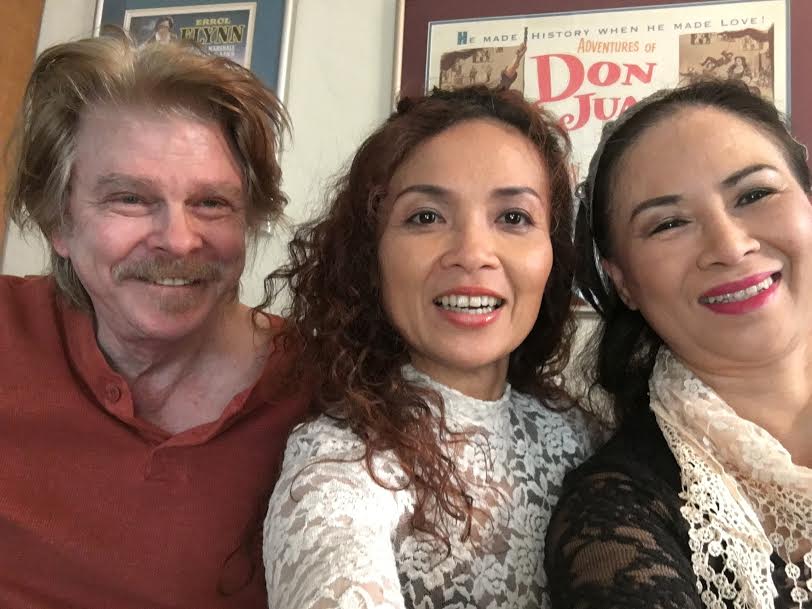
LK with Sabrina Subanna and Pailin Subanna-Kraft early on the morning of 15apr16 at Tujunga House. Good times for all of us, and certainly for LK. Pailin and Sabrina are related and in my eyes are like sisters. Certainly these are two of the three most-important people in my life (the third being my daughter). Every minute that I am lucky to spend with them is pure joy. (photo © Sabrina Subanna, Pailin Subanna-Kraft & Louis Kraft 2016)
Jasmine Koomroongroj, Sabrina, and Pailin have created a wonderful Thai massage experience at the Green Day Spa. Sabrina and Pailin excel at deep tissue massages, and Sabrina is perhaps the best deep massage artist in Los Angeles. …
Pailin is a happy and proud lady and I absolutely love it.
The door that The Discovery opened
Bob Goodman opened the door to my early return to fiction in 2013, and I jumped on it.
Two plus years with The Discovery (while partially writing and big-time researching the Sand Creek manuscript) … great times for LK.
But as my publishers know, I do not move quickly, and so now does Bob Goodman. I care about each and every one of my freelance projects, and I do everything possible to make the printed manuscript as good as possible (while making set deadlines).
That said, it is for the readers—you—to decide if an article, book, blog, play, or talk is decent. The Discovery has been a major piece of my life. I hope that if you read my collaboration with Bob that you enjoy the story. Comments are always welcome, especially if they are constructive.
Finally, a blurb about THE DISCOVERY
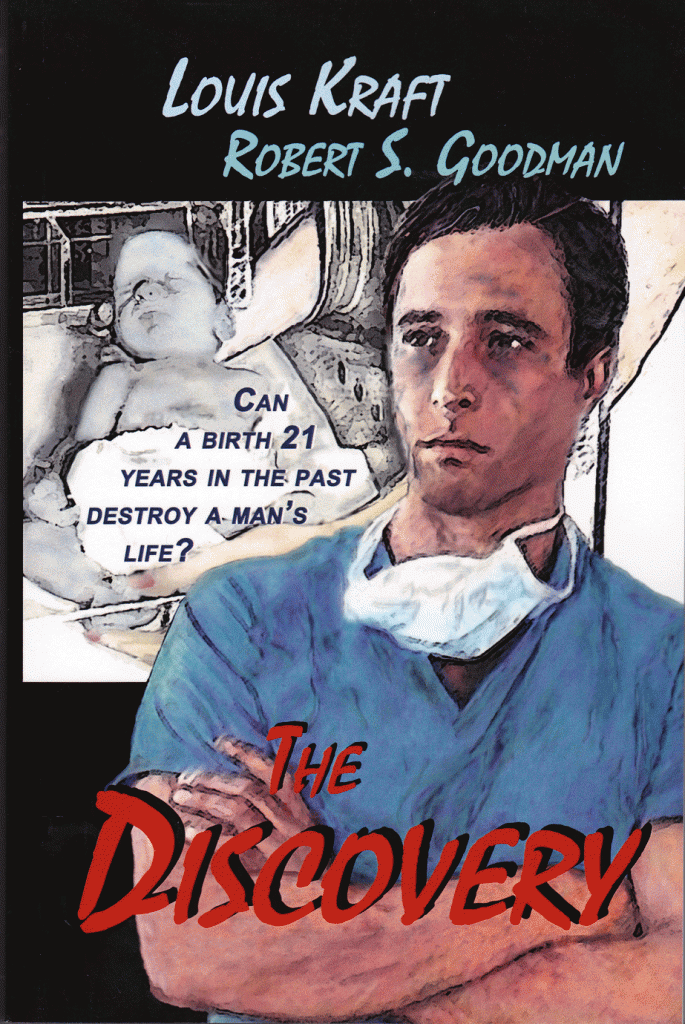
The book proof of the front cover art and design for The Discovery. (© Louis Kraft 2016)
Harry Chapman, a physician beginning his career, delivered a young indigent woman’s child in 1952. Facts about that birth remained dormant for 20 years. But then, in 1972, an unexpected encounter set in motion a number of events that would impact Chapman’s life, and in ways he never imagined possible. By now, Harry is a successful and honored physician, and perhaps the top OB/GYN practitioner in Los Angeles. Although unknown to him, his world would begin to fall apart when Greg Weston, a young man he doesn’t know, is persuaded by girlfriend Gail Gordon to explore his past—that is, being blind at birth. Greg works for a law firm and knows how to obtain documents. What he discovers infuriates him and he presses forward and presents what he has found to his boss, Hal Winslow, a top malpractice lawyer. Winslow agrees that they have a case, and this initiates a domino effect that will affect a number of lives. Most notably Harry Chapman but also his wife Helen and their family; Harry’s best friend and lawyer, Sid Shapiro; golf pro Phil Rogers; Greg’s birth mother Laura Smith; and even Greg and Gail. … As the case moves toward trial in Los Angeles Superior Court Chapman is shocked by the accusations and what he learns. Bad turns to worse, and Harry secures the services of top malpractice defense attorney Tom Loman, but this is just the beginning of what happened in 1952 for now millions of dollars are at stake. … Add los Niños, the most feared Latino street gang in Los Angeles, to the mix, and suddenly life includes a price tag. As the situation spirals out of control lives begin to fall apart; sex and even the consideration of murder enters the picture. Everything comes down to Harry Chapman vs. Greg Weston with Judge Jason Kimberly presiding, and only one of them will emerge the victor.

The book proof of the rear cover art and design for The Discovery. (© Louis Kraft 2016)
The Discovery is about conception, birth, a brilliant career, discovery, accusations, and shock. Moreover it is about people—good people—who face dire consequences if a court decision goes the wrong way. … It is a medical thriller in the genre of Robin Cook’s best selling books (such as Cell) with one difference. Instead of a character-driven thriller that confronts the evils of medicine or pharmaceuticals, it is about a doctor and his wife at the crossroad of their lives.
If interested in purchasing The Discovery, please see the following links:
- Trade paperback: The Discovery
- Kindle eBook: The Discovery
Future releases with soon be available on iPad, iPhone, and elsewhere.


